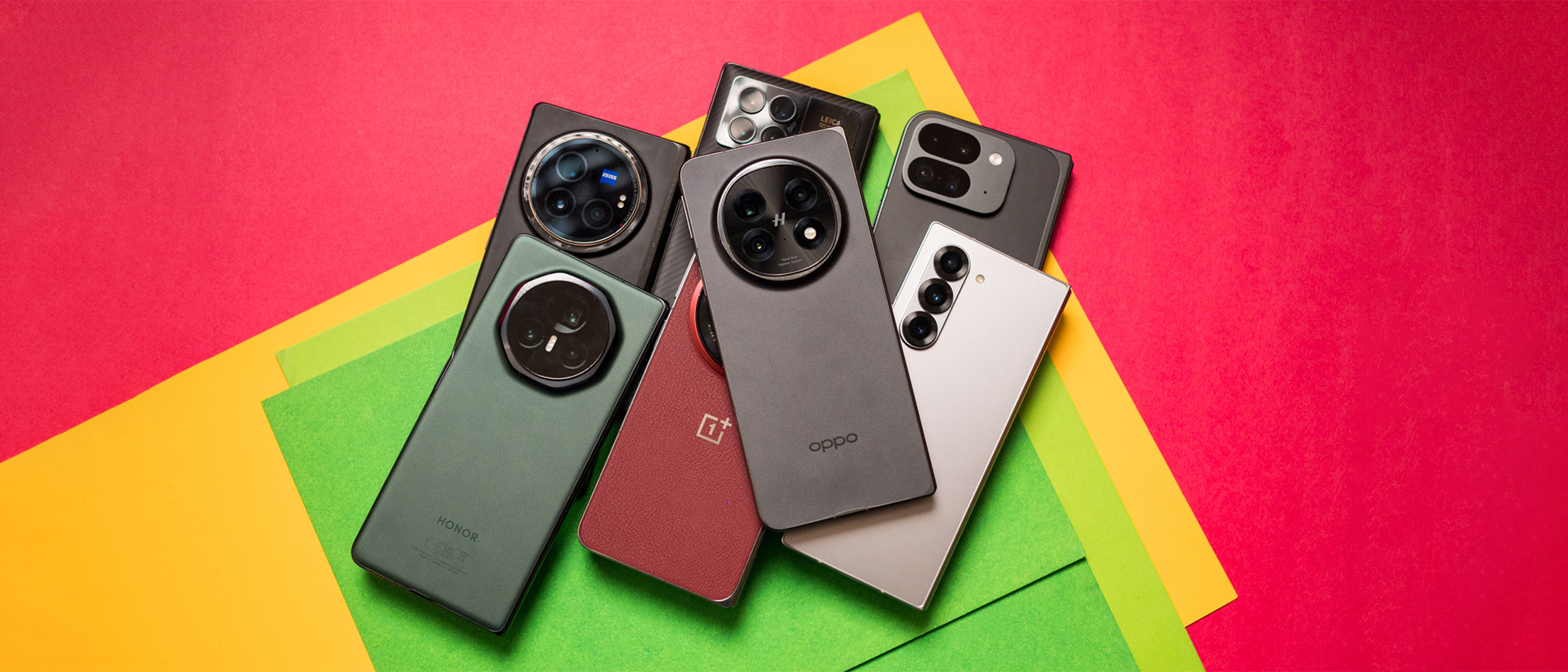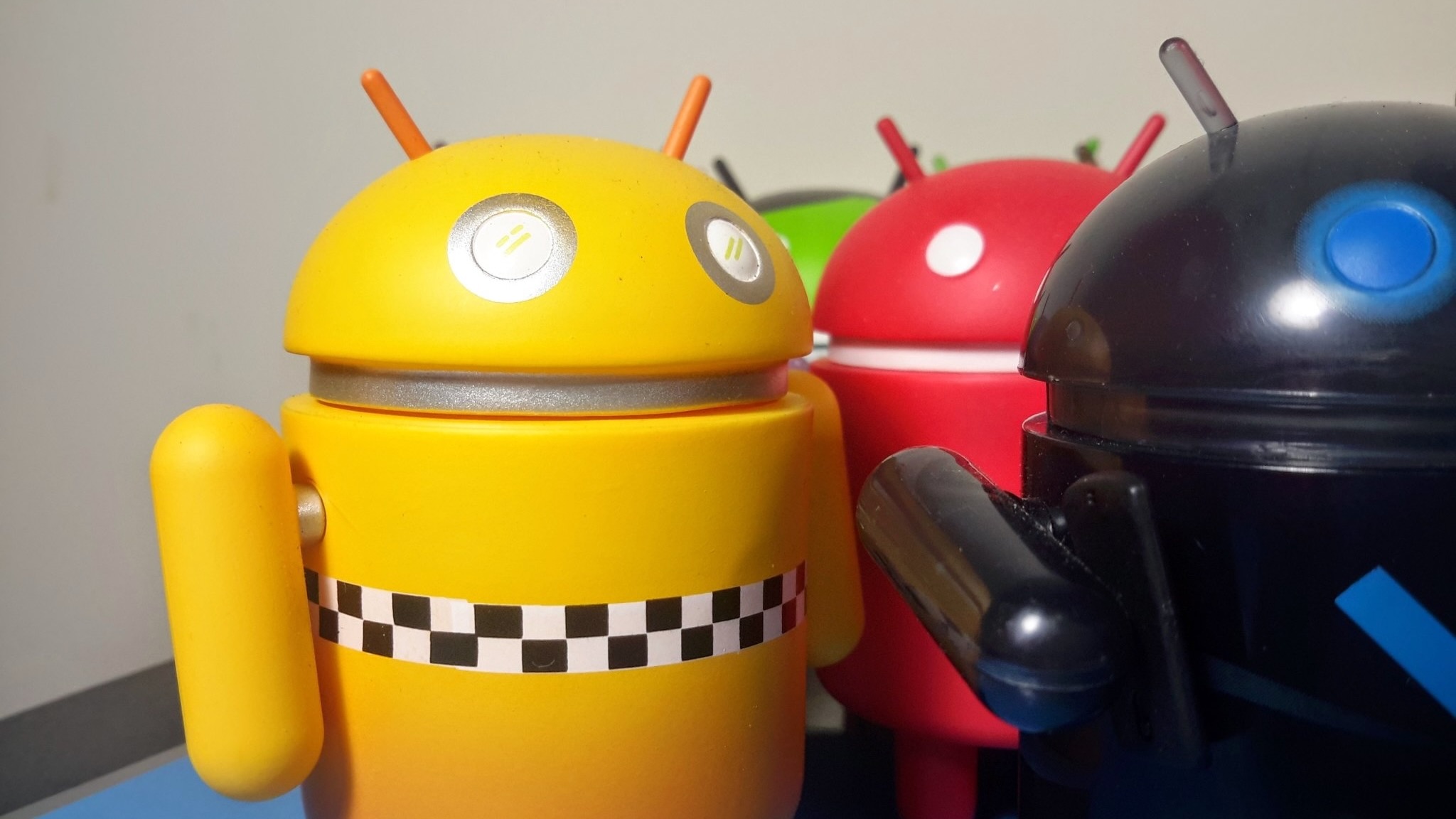Android Central Verdict
The Find N5 is thinner than any other foldable today, and that fact is evident once you unfold the device. At just 4.21mm, it is just a smidgen wider than the USB-C port, and using the tablet-sized 8.12-inch OLED inner panel is an absolute joy. The outer 6.62-inch OLED panel on the outside is among the best of any foldable, and thanks to the ultra-thin design, it feels like you're using a regular phone. You also get the best internals of any foldable, the best battery life, the best charging tech, and class-leading ingress protection. Oh, and the cameras are better than any other foldable I used until now. Combine all of that with fluid software and meaningful multitasking features, and it's no wonder than the Find N5 is now my favorite foldable phone.
Pros
- +
Unbelievably thin design
- +
Great to hold and use
- +
No visible crease
- +
Bright AMOLED panels inside and out
- +
Outstanding cameras
- +
Class-leading battery life with 80W charging and 50W AirVOOC
- +
IPX9 ingress protection+
Cons
- -
Some software quirks still remain
- -
Limited global availability
Why you can trust Android Central
Foldables have come a long way in the last two years; the Magic V3 and X Fold3 Pro combine great cameras with standout hardware package, and OPPO is looking to outmatch that with the Find N5. The foldable has the distinction of being the thinnest around, and at 4.21mm when unfolded, it is 0.14mm thinner than the Magic V3 — which I didn't think was possible.
While I didn't get to test the Find N3, I used the OnePlus Open (which is just a rebrand of the N3) extensively, and the Find N5 builds on that foundation while delivering better cameras, brighter panels both inside and out, and a bigger battery. The ultra-thin design basically means that the Find N5 feels like a regular phone most of the time — it is just 0.4mm thicker than the Pixel 9 Pro XL when folded — and it makes using the device an absolute delight.
It has a new hinge mechanism that uses titanium, and while that's undoubtedly a good thing, what I like about the change is that the crease is barely visible this time. That was the case on the Open too, but the Find N5 takes things to a whole new level, and honestly, I can say the same in a lot of other areas. The device even gets IPX9 ingress protection and a massive 5600mAh silicon battery that lasts more than any other foldable I used until now, and there's 50W AirVOOC alongside 80W charging.
The Find N5 isn't just a great foldable — it's one of the best Android phones you can buy in 2025.
OPPO Find N5: Pricing and availability
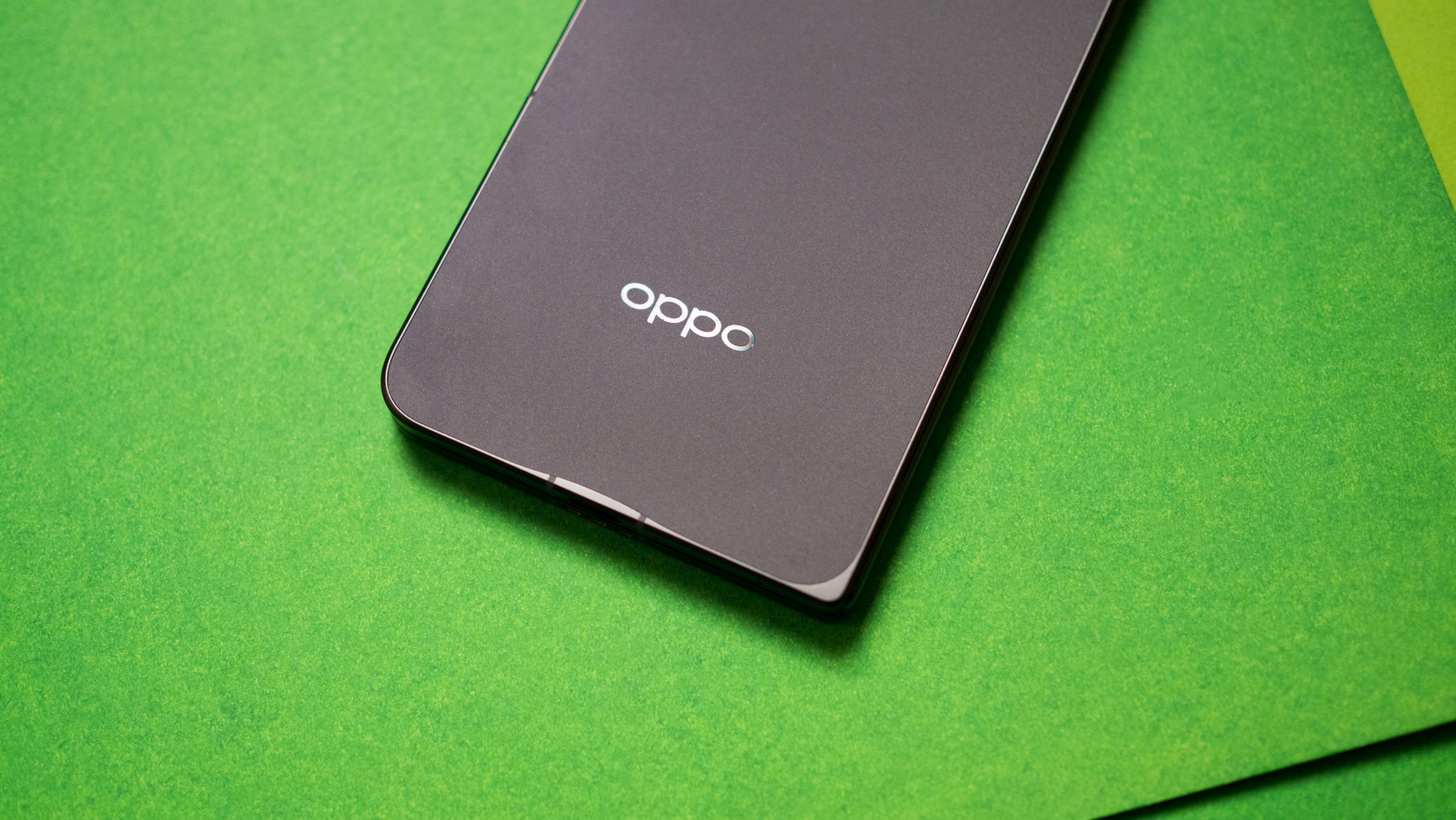
OPPO unveiled the Find N5 on February 20, and the foldable is set to go on sale in the coming weeks. It is available in a single configuration with 16GB of LPDDR5X RAM and 512GB of UFS 4.0 storage, and comes with ColorOS 15.0.1 based on Android 15.
The phone costs
Category | OPPO Find N5 |
|---|---|
Cover Display | 6.62-inch 120Hz LTPO OLED, 2616 x 1140, HDR10+ Dolby Vision, 1600 nits HBM, 2540 nits max |
Inner Display | 8.12-inch 120Hz LTPO OLED, 2248 x 2480, HDR10+, Dolby Vision, 1400 nits, 2100 nits max |
OS | ColorOS 15.0.1 based on Android 15 |
Chipset | Custom Qualcomm Snapdragon 8 Elite, 3nm |
RAM | 16GB LPDDR5X |
Storage | 512GB UFS 4.0 |
Rear camera 1 | 50MP f/1.89 Sony LYT700, 4K60, OIS |
Rear camera 2 | 50MP f/2.7 Samsung JN5 telephoto, 3x optical zoom, OIS |
Rear camera 3 | 8MP f/2.2 wide-angle lens |
Front camera | 8MP |
Ingress protection | IPX6, IPX8, and IPX9 water resistance |
Connectivity | Wi-Fi 7, Bluetooth 5.4, global 5G bands, NFC, dual-band GPS |
Security | Side-mounted sensor |
Audio | Stereo sound, USB-C |
Battery | 5600mAh silicon battery, 80W charging, 50W AirVOOC charging via magnetic case |
Weight | 229g |
Dimensions (unfolded) | 160.8 × 145.5 × 4.21mm |
Dimensions (folded) | 160.8 x 74.4 × 8.93mm |
Colors | Black, White |
OPPO Find N5: Design
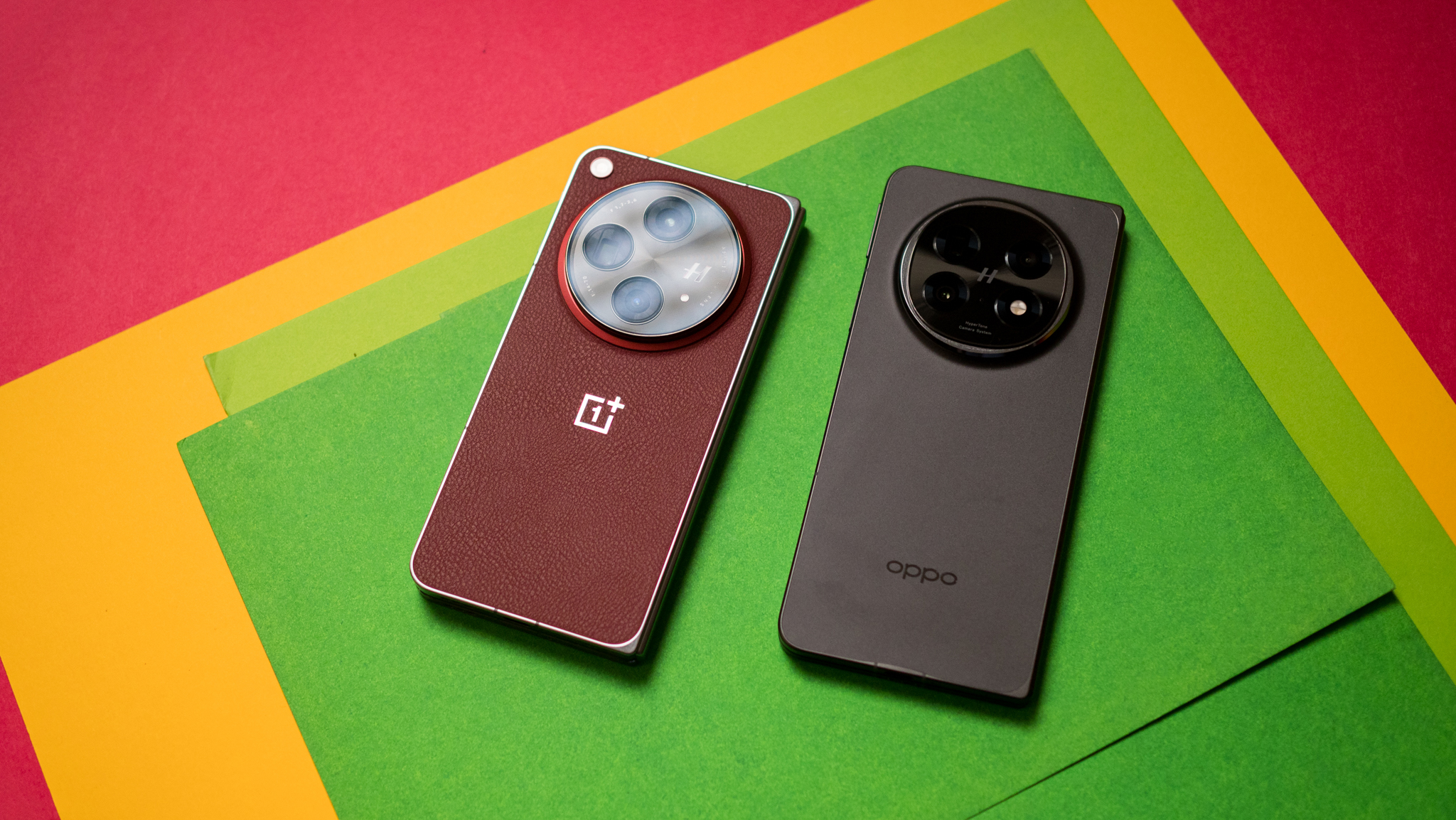
The Find N5 clearly builds on the design of its predecessor; it has a similar aesthetic with contoured edges and flat sides, and the in-hand feel is exquisite. But what I like the most is the ultra-sleek profile; the foldable is thin and light enough that it is just like using a regular phone when it's folded, and that is a huge deal. At 8.93mm, it is chunkier than the likes of the Find X8 Pro and the Pixel 9 Pro XL, but not by much, and coming in at 229g, it doesn't weigh that much more either.
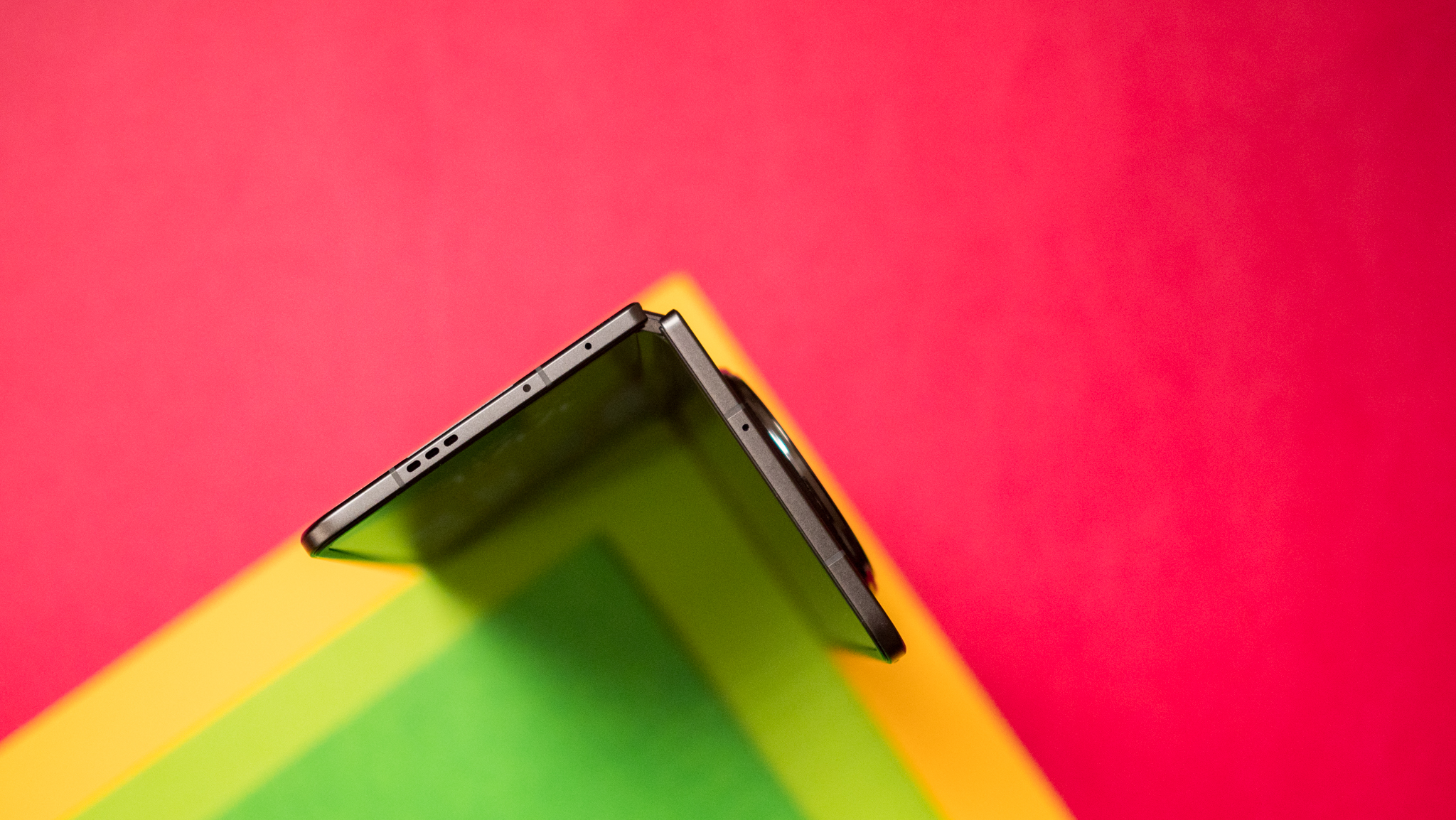
It's when you unfold the Find N5 that you realize just how thin it really is; at just 4.21mm, the foldable is only a smidgen thicker than the width of the USB-C port, and that's incredible. I got a similar feeling when using the Magic V3, but where the Find N5 has an advantage over Honor's foldable is that the flat sides make it just that little bit better to hold and use. There's enough width along the sides to comfortably hold the device, and the 7000-series aluminum mid-frame adds decent rigidity to the overall structure.
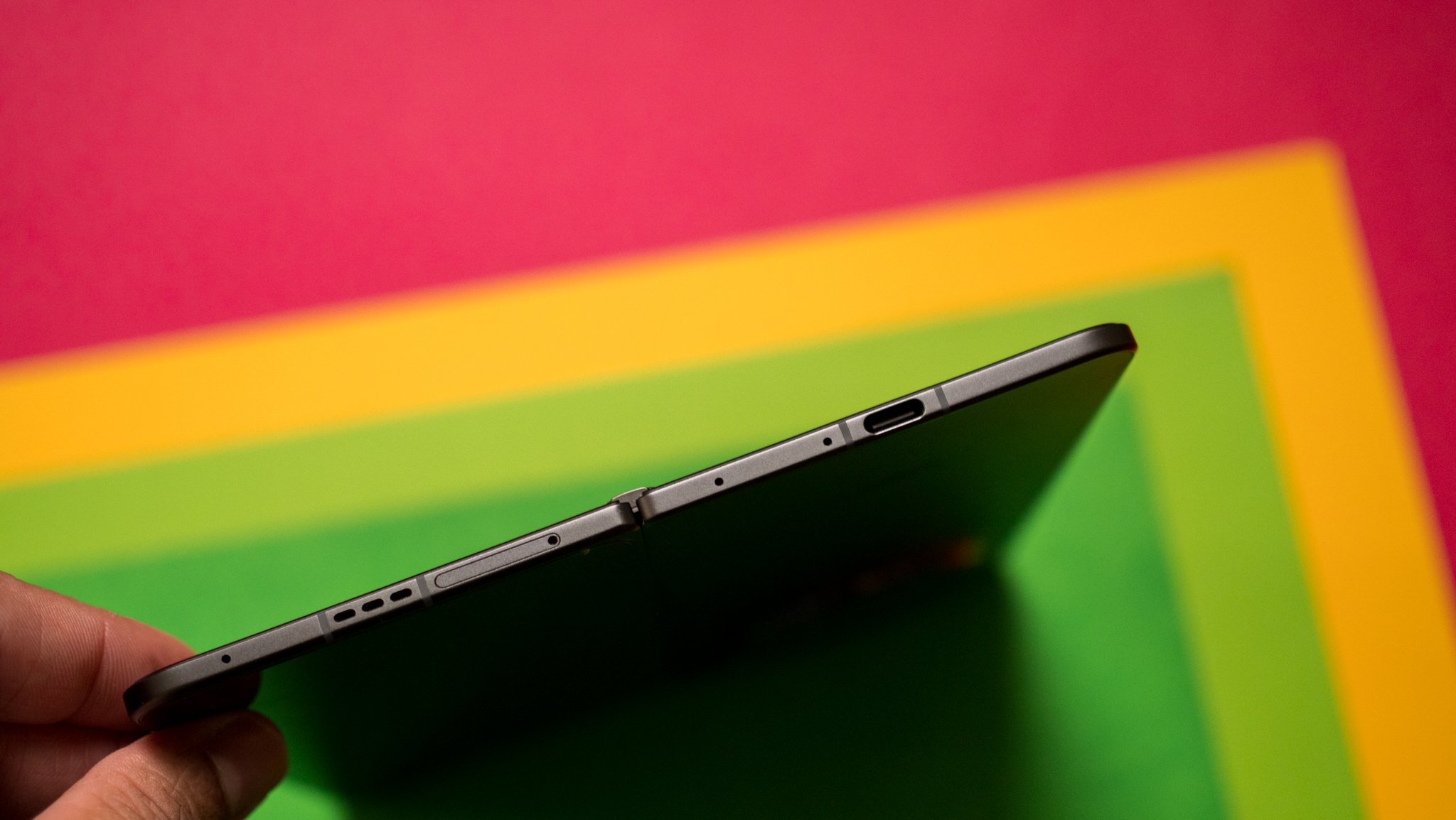
I would have liked a leather back like last time, but OPPO is using a fiber material on the Find N5 — ostensibly to save weight — and the silky texture makes it easier to hod the device. On the plus side, it doesn't pick up any smudges whatsoever, and I didn't feel the need to use a case with the foldable.
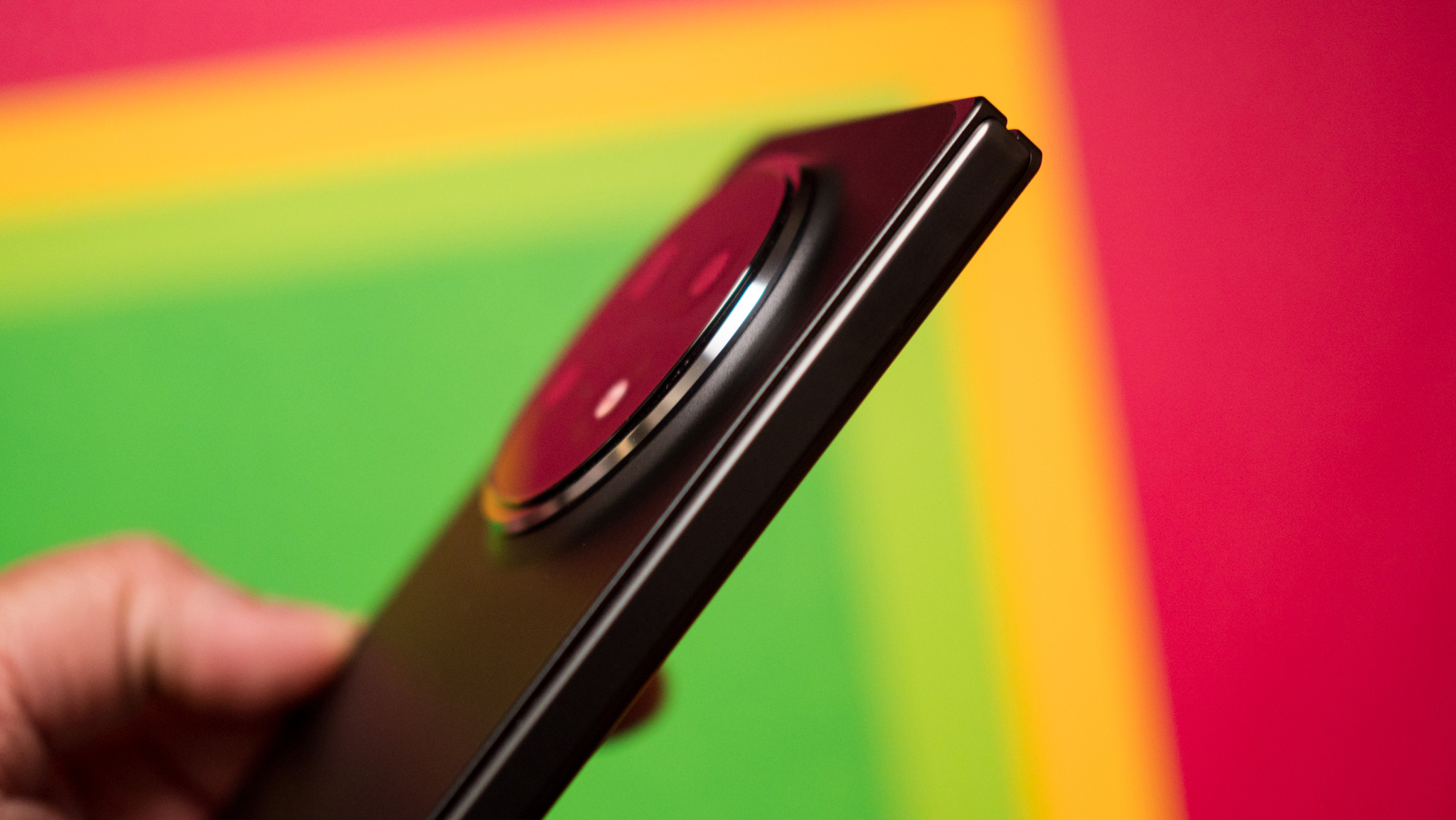
The camera island is cleaner this time around, and the oversized module dominates attention at the back. Given the svelte profile of the foldable itself, the camera module protrudes quite a bit from the chassis, and there is a wobble when using the device while it's unfolded on a table — this isn't a problem when it's folded.
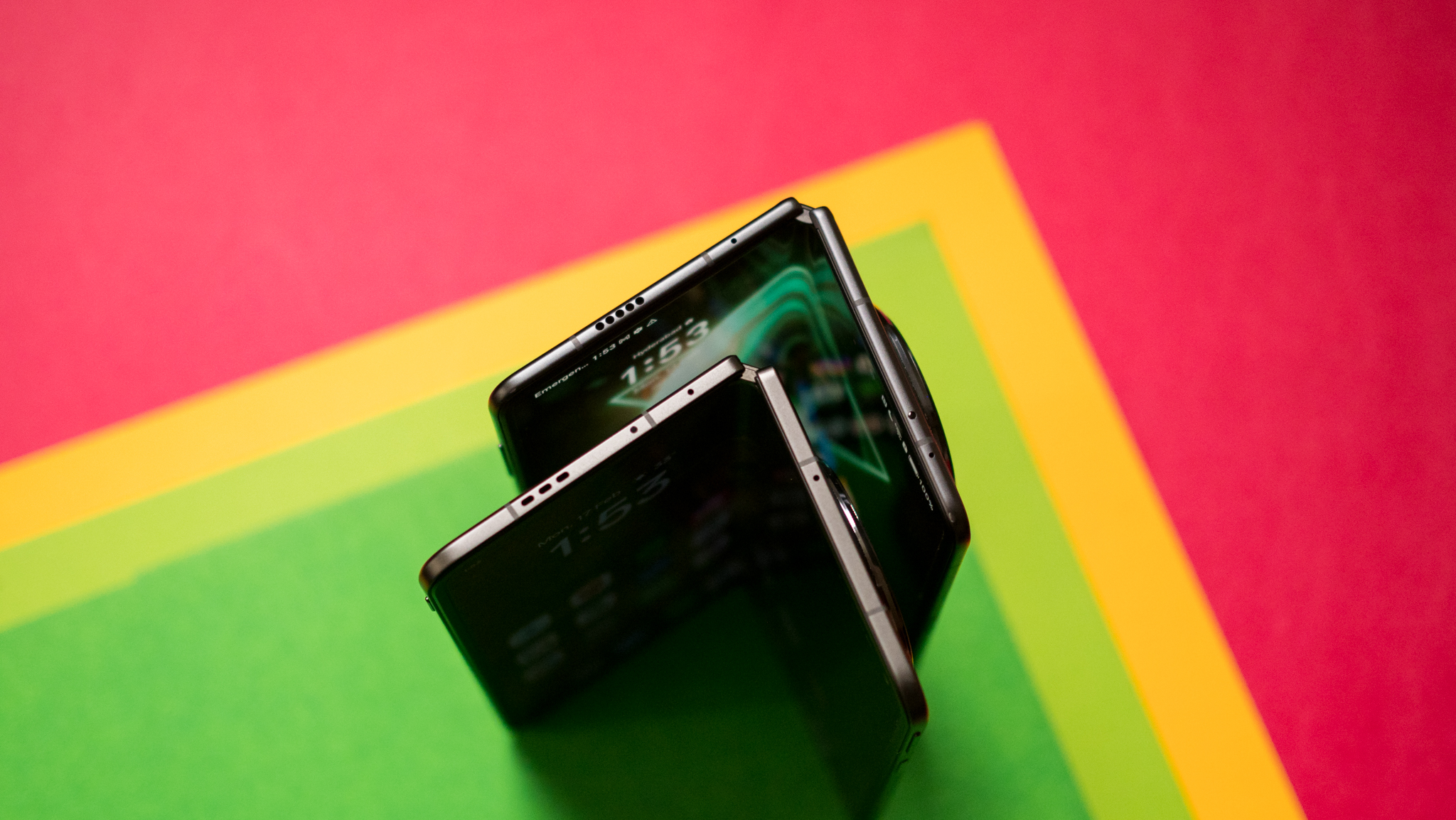
Thankfully, the alert slider is intact, and it's located on the left. The volume and power buttons are on the right, and like most other foldables, the Find N5 uses a side-mounted sensor baked into the power button to unlock. It is fast and reliable, and I didn't see any issues in this regard.
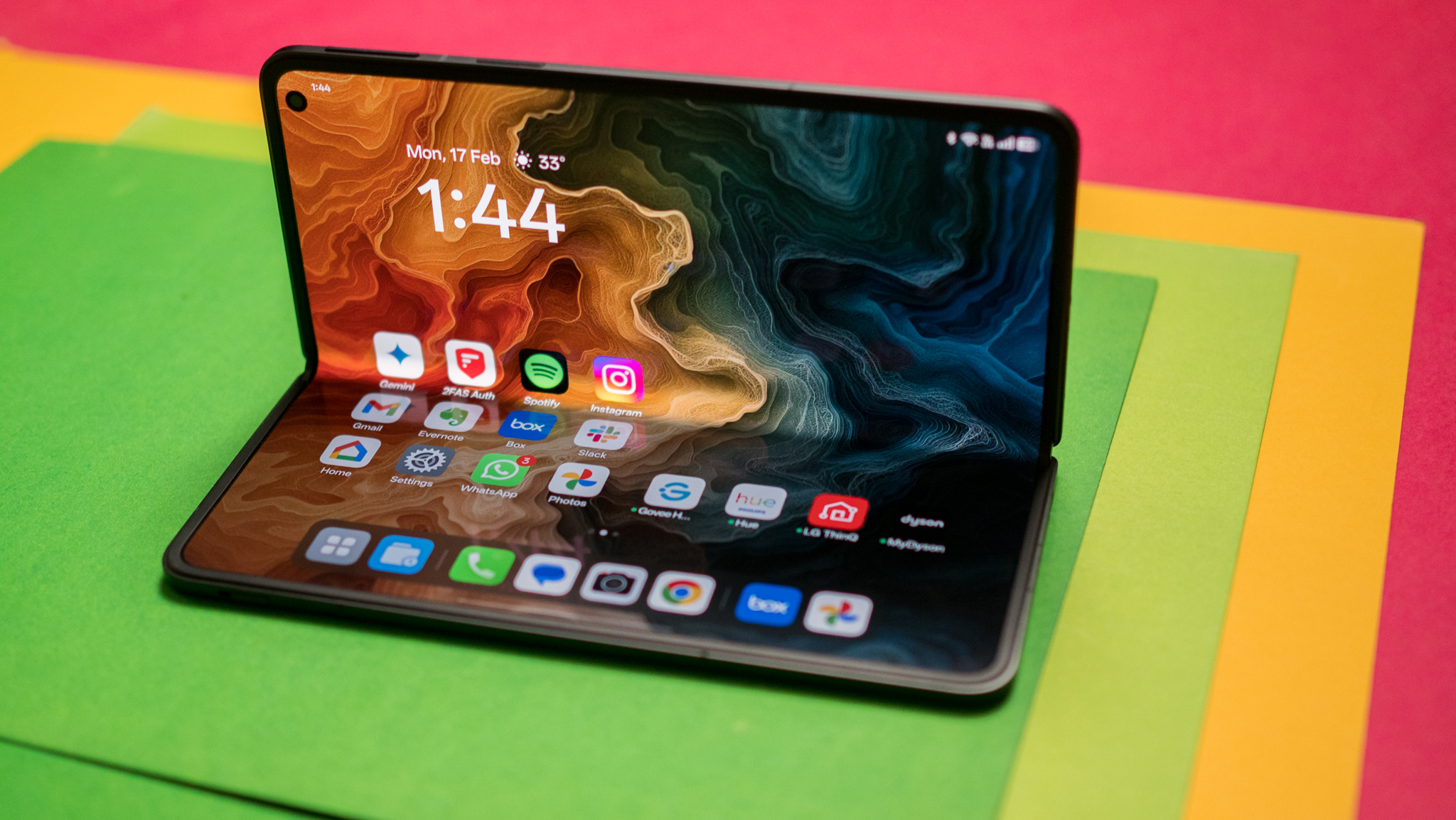
The Find N5 is available in two colors, and the white model is the one to get if you need a device that stands out visually. Interestingly, the foldable gets the distinction of being the only device in this category with IPX9 ingress protection in addition to IPX8, so it is able to withstand high pressure jets in addition to submersion in water. Like other foldables, there's no rating against dust ingress, but it has the usual seals and gaskets to ensure dust doesn't get into the hinge or any of the other moving parts.
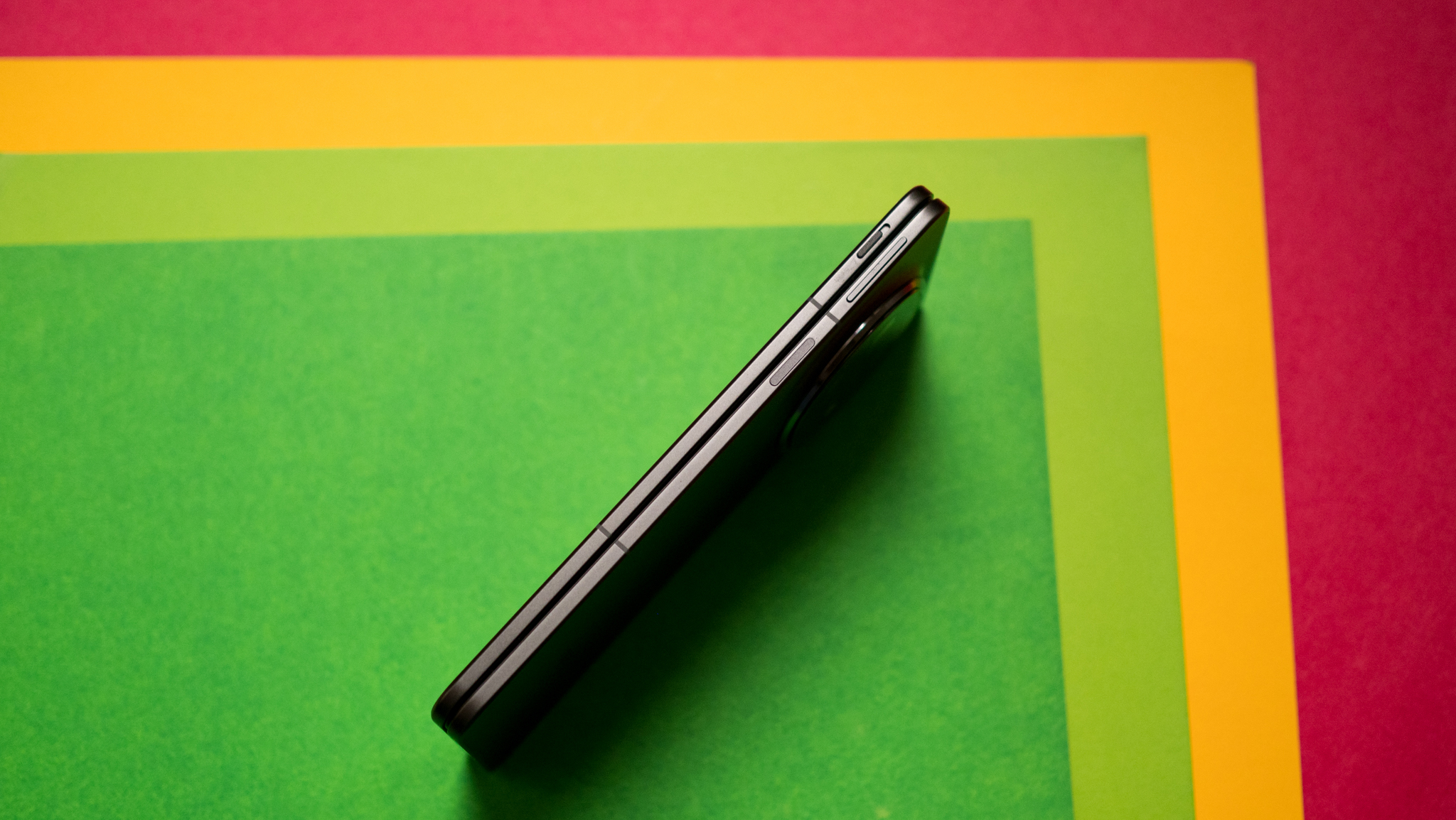
Talking about the hinge, the Find N5 uses a redesigned hinge mechanism that uses 3D printed parts and a titanium alloy, and it is 26% thinner than time while delivering 36% better durability. It's now called the Titanium Flexion Hinge, and it has a smooth articulation and doesn't take as much force to unlock.
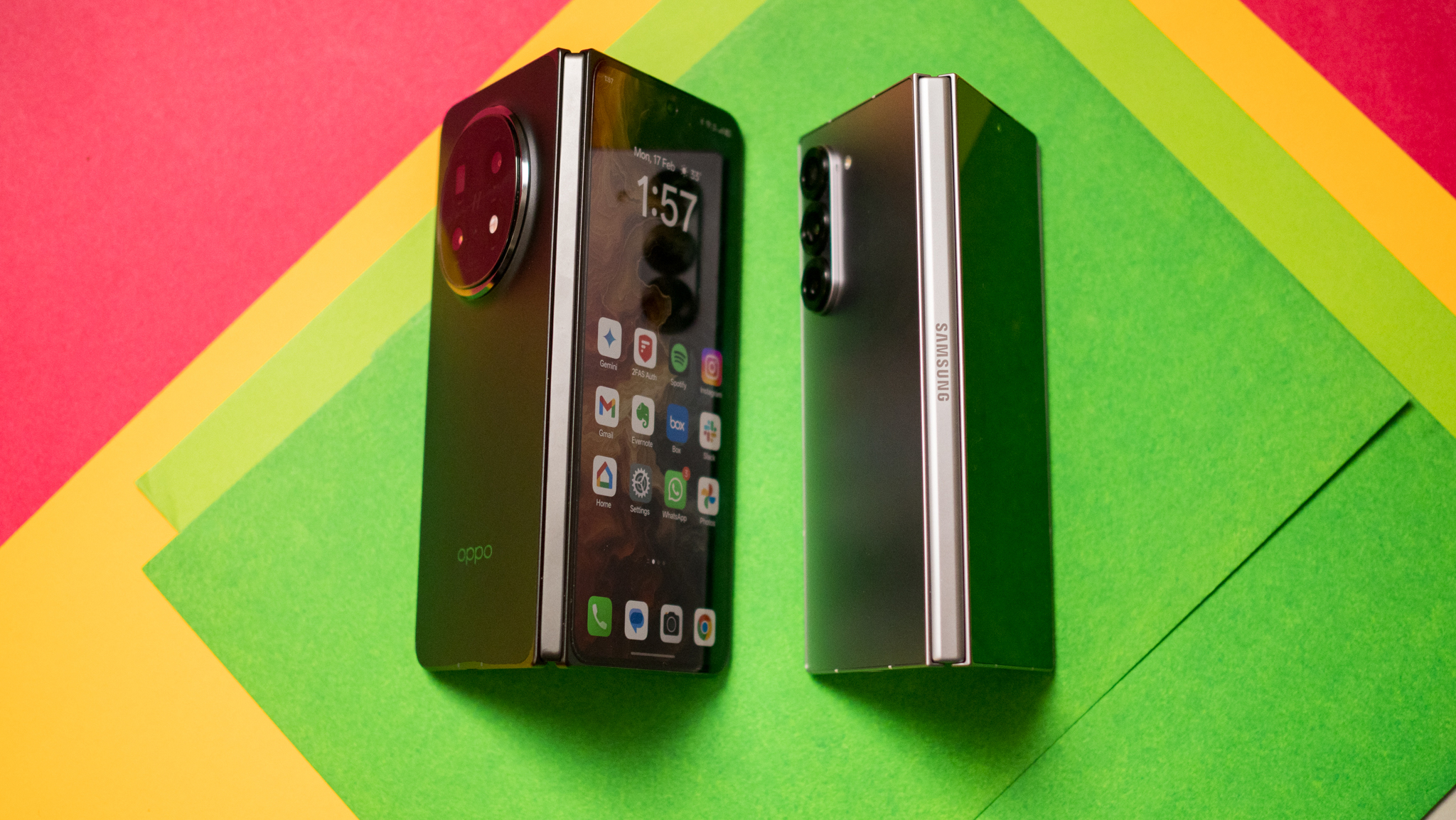
There are two distinct advantages to the new hinge system: the Find N5 stays locked at any angle between 50 and 150 degrees, and that makes it much more versatile than the Magic V3. The best use case for this mode is to shoot photos in interesting angles with the camera, and it also has productivity benefits.
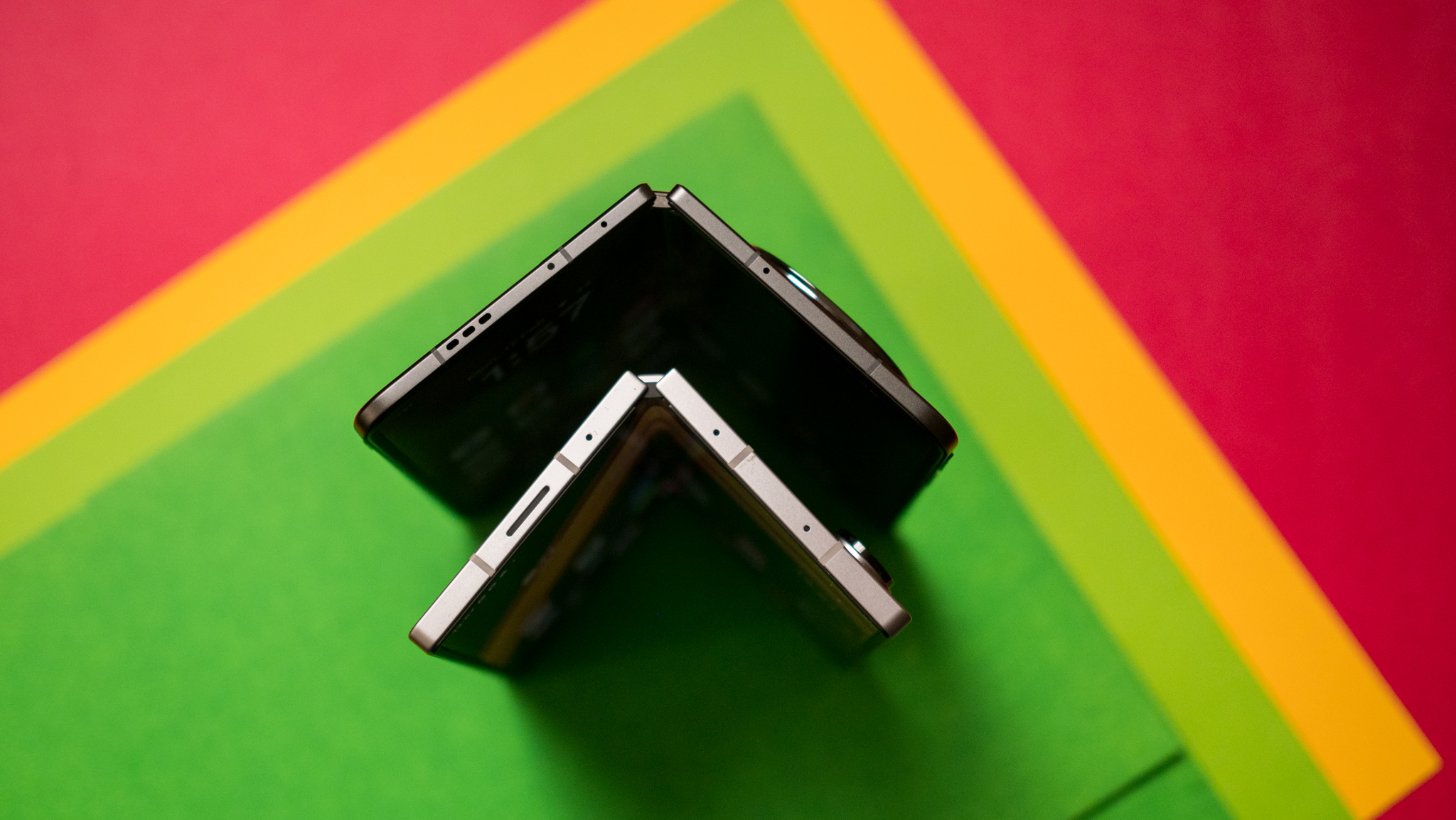
But the biggest gain is the crease; the Find N5 still has a crease in the middle when it's unfolded, but it is nowhere as visible as other foldables. I didn't even notice it after a day of use, and it doesn't affect usability at all. The crease is so shallow that it makes the Galaxy Z Fold 6 look outdated when using both foldables next to each other.
In fact, the design and svelte profile makes the Find N5 feel futuristic when you put it next to Samsung's foldable. So I guess it's a good thing from Samsung's point of view that this device isn't launching in the U.S.
OPPO Find N5: Panels
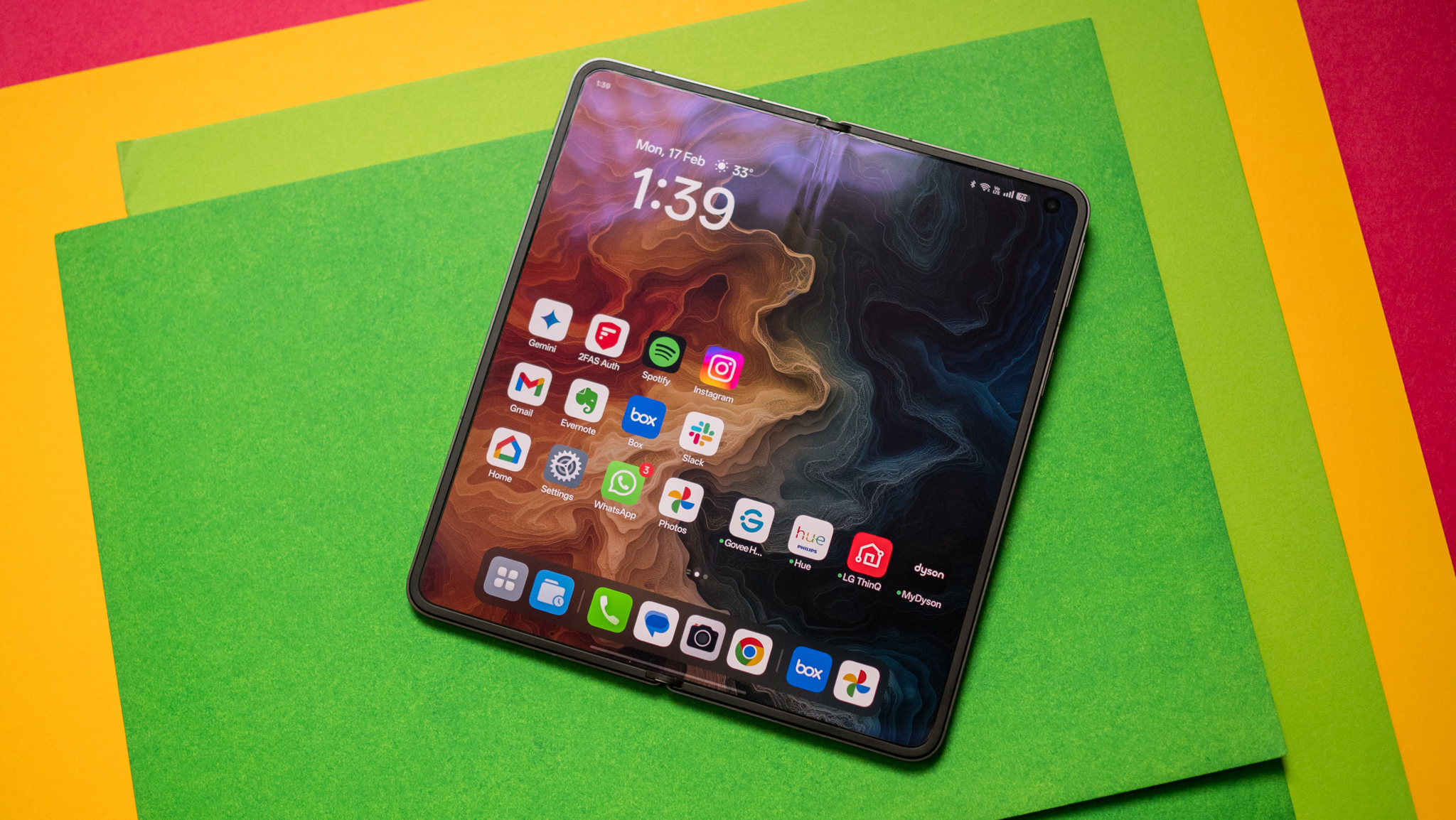
along with the 20.7:9 ratio means it feels like a regular phone, and honestly, I just used the outer panel most of the time. The outer display goes up to 1600 nits in outdoor use, and hits 2450 nits in HDR content. It has Dolby Vision and HDR10+, and color vibrancy is among the best of any foldable I've used. You get a good range of customizability as well, and I like the selection of always-on styles available within ColorOS.
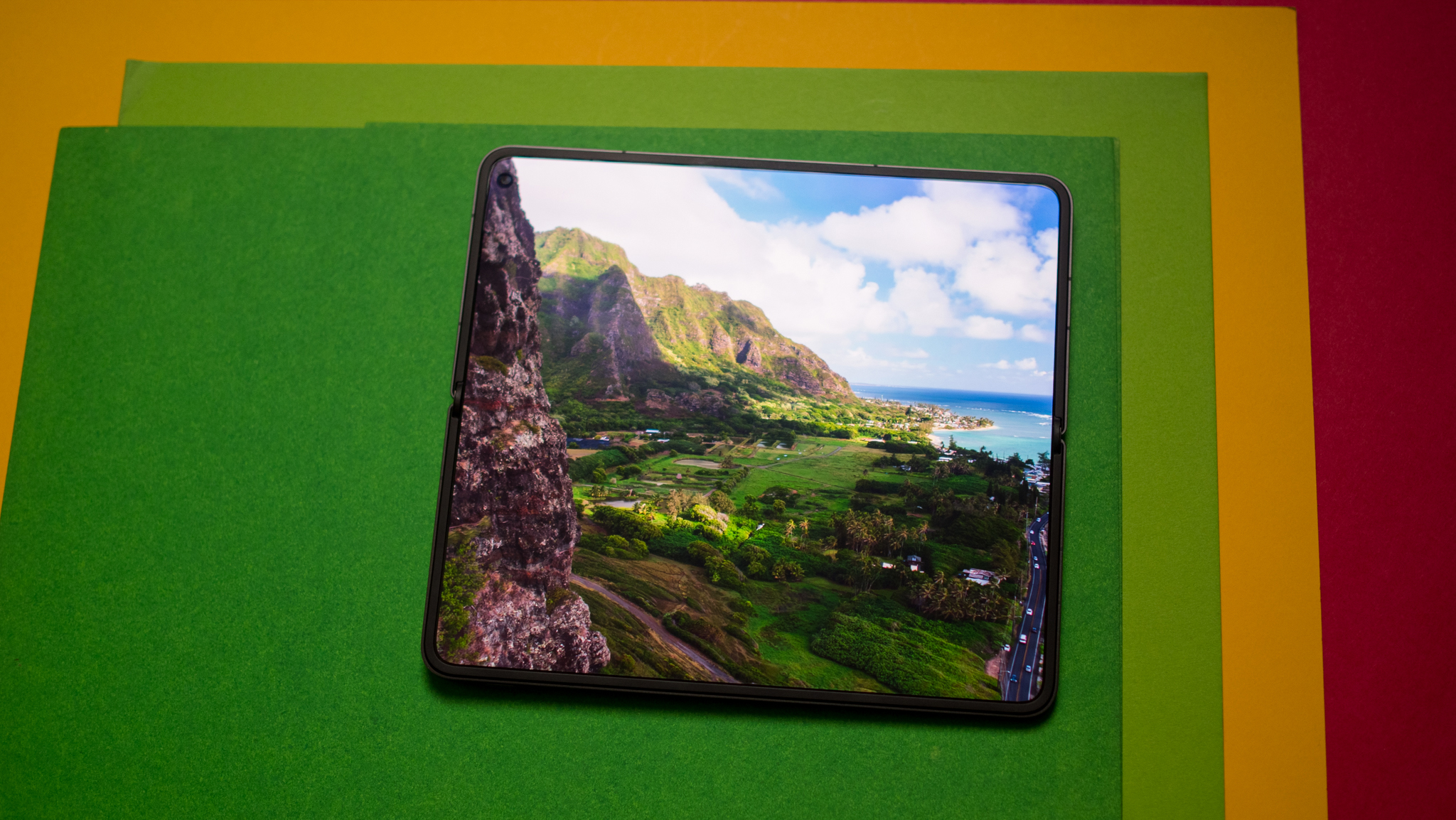
The inner panel is noteworthy as it is a tablet-sized 8.12 inches — the biggest of any book-style foldable yet. Colors are fantastic, and the inner panel is ideally suited to view content or play games; I had a lot of fun with Balatro on this device. It goes up to 1400 nits in outdoor use, and 2100 nits when viewing HDR content, and there was never a scenario where I felt like it didn't get bright enough even under intense sunlight. While I didn't have OPPO's stylus (it isn't bundled in the package), you can use it with the foldable.
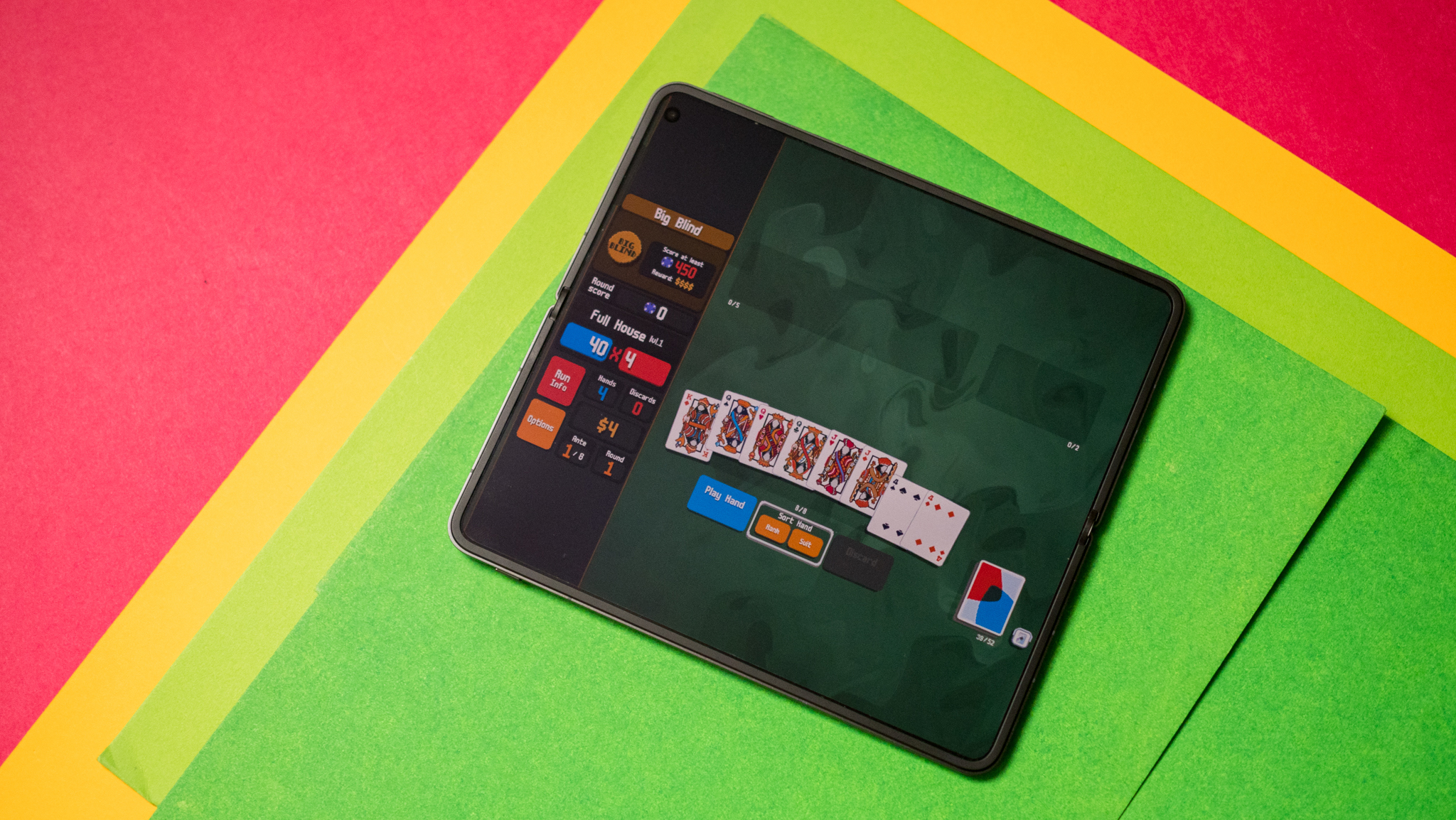
Both panels go up to 120Hz and leverage LTPO to dynamically adjust refresh on the fly, and the inner screen even gets an anti-reflective coating that makes a noticeable difference when using the device outdoors. Another advantage is that it has a dual shielded protective layer that leverages an elastomer material to deliver better resistance in the event of a tumble. The outer panel uses a custom Nanocrystal Glass, and it held up without any issues after taking two tumbles onto a tiled surface.
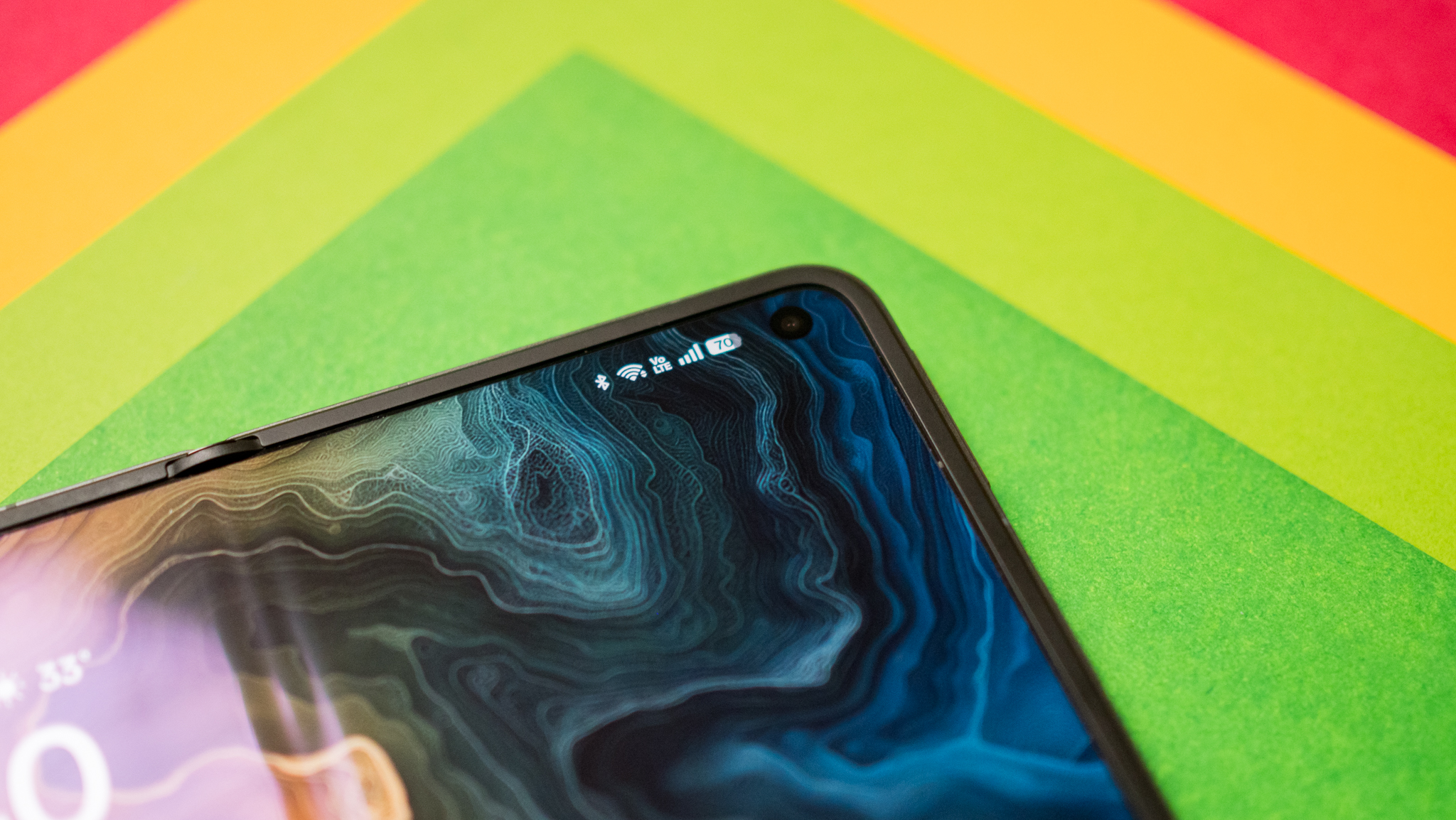
You get loud stereo sound as well, and it makes a difference when viewing content on the inner panel. Basically, I didn't see any problems with the inner or outer screens, and OPPO did an incredible job in this area.
OPPO Find N5: Hardware
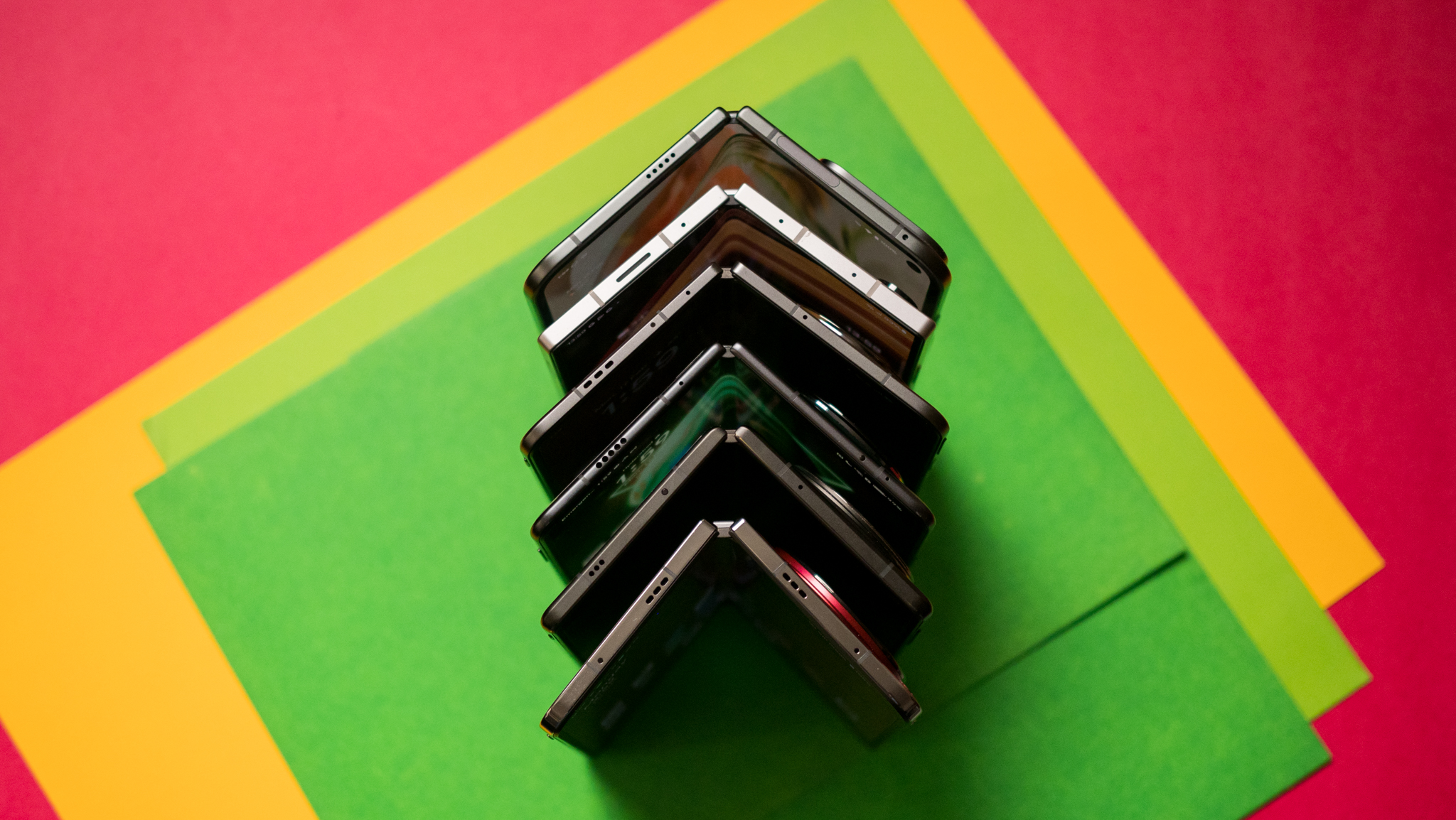
The Find N5 has the distinction of being the first foldable featuring the Snapdragon 8 Elite platform, but unlike the OnePlus 13, ASUS Zenfone 12 Ultra, and a multitude of phones that run Qualcomm's latest silicon, it's using seven cores instead of the standard eight.
The reasoning is that with you get better efficiency with a seven-core design, and honestly, there's no way of knowing in regular use that it is any different to other phones powered by the same platform. It is just as fluid in demanding tasks, and games run just as well. The only limitation is that it doesn't quite have the same thermal thresholds, so you see some throttling earlier than usual — that is the case with all devices in this category, so it isn't unique to the Find N5.
Category | OPPO Find N5 | ASUS Zenfone 12 Ultra | Honor Magic V3 |
|---|---|---|---|
Geekbench 6 (single-core) | 2625 | 3116 | 1489 |
Geekbench 6 (multi-core) | 7201 | 9824 | 5291 |
Geekbench AI | 2505 | 5478 | 2923 |
PCMark Work 3.0 (Overall) | 15611 | 25558 | 15720 |
PCMark Work 3.0 (Web Browsing) | 15098 | 32147 | 18363 |
PCMark Work 3.0 (Video Editing) | 7065 | 9152 | 7706 |
PCMark Work 3.0 (Writing) | 22931 | 32843 | 16451 |
PCMark Work 3.0 (Photo Editing) | 14264 | 59086 | 30295 |
3DMark Wild Life Extreme (score) | 5252 | 4782 | 4170 |
3DMark Wild Life Extreme (FPS) | 31.45 | 28.64 | 24.97 |
3DMark Solar Bay (score) | 9898 | 7863 | 7605 |
3DMark Solar Bay (FPS) | 37.64 | 29.9 | 28.91 |
| Row 12 - Cell 0 | Row 12 - Cell 1 | Row 12 - Cell 2 | Row 12 - Cell 3 |
Even then, I didn't see any issues getting stable framerates in visually-demanding games. In fact, the only way to see that the foldable is using a non-standard option of Qualcomm's silicon is via synthetic workloads; the Find N5 didn't get quite as high a score in Geekbench's multi-core tests, but it doesn't make a noticeable difference in real-world use. It hit a stability score of 55.9% in 3DMark's Steel Nomad stress test is 55.9%, and went up to 48 degrees. While that is hotter than other foldables, it was localized to the middle, and it didn't feel uncomfortable to hold at the sides
The foldable is sold in a single 16GB/512GB configuration, and it doesn't miss out when it comes to connectivity. I didn't see any issues while making calls or with cellular connectivity in general. If anything, the foldable had better connectivity than most other devices I tested recently, and that's likely due to the 360-degree antenna design.
In a similar vein, the vibration motor is pretty good; it doesn't deliver the granular feedback that you get on the Find X8 Pro, but it is one of the better options I've used on a foldable.
There really isn't anything missing on the Find N5; even though it is using a modified Qualcomm chipset, you just don't notice that in regular use, and that alone illustrates just how powerful mobile platforms are getting.
OPPO Find N5: Battery life
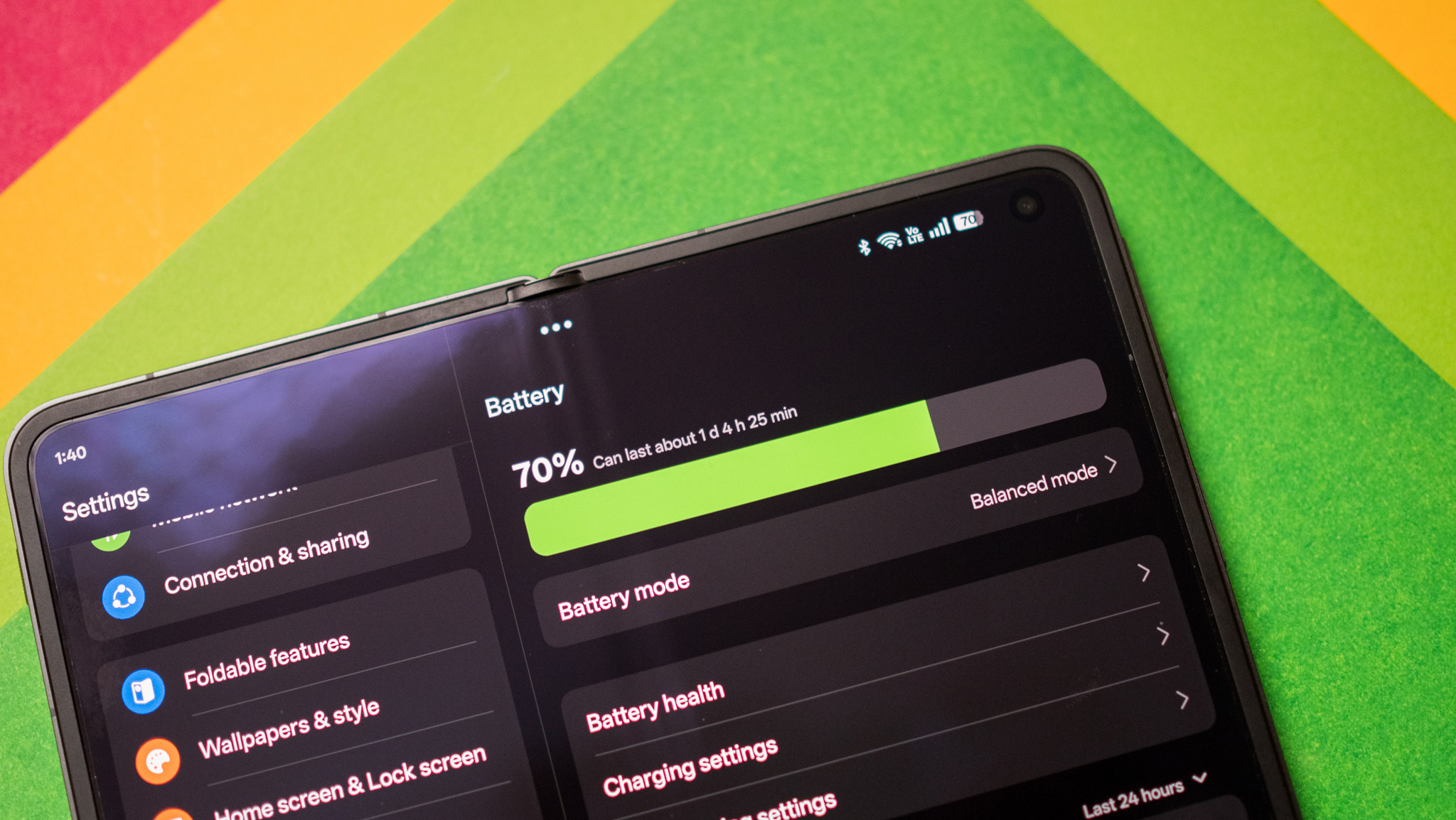
The Find N5 lasts longer than any other foldable I tested until now. Even though it's thinner than other foldables, there's a massive 5600mAh battery under the hood, and it easily lasts a day even with heavy use. I've had the phone for a week now, and there was never a point where I had to worry about the battery running out before the end of the day — even during a week where I was basically travelling most of the time.
Like most other 2025 phones, the Find N5 is using silicon battery tech to great effect, delivering much better density and longevity than previous years. It uses 10% silicon in the anode, and OPPO says the battery is 30% thinner than what's used in most foldables because of the inclusion of silicon — it's thinner than the 4800mAh battery in the N3.
There's even 80W charging, and it takes just over 47 minutes to fully charge. The best part is that the device gets 50W AirVOOC wireless charging, and although I didn't have OPPO's charging puck, it should work just as well with the OnePlus AirVOOC magnetic charger that debuted alongside the OnePlus 13. The only caveat is that just like the OnePlus 13, you'll need to use a magnetic case to take advantage of the AirVOOC tech.
The convenience of AirVOOC along with the standard 80W charging means you don't really need to plug in the Find N5 overnight, and I'm just glad that we are getting to a point where foldables last as long as regular phones.
OPPO Find N5: Cameras
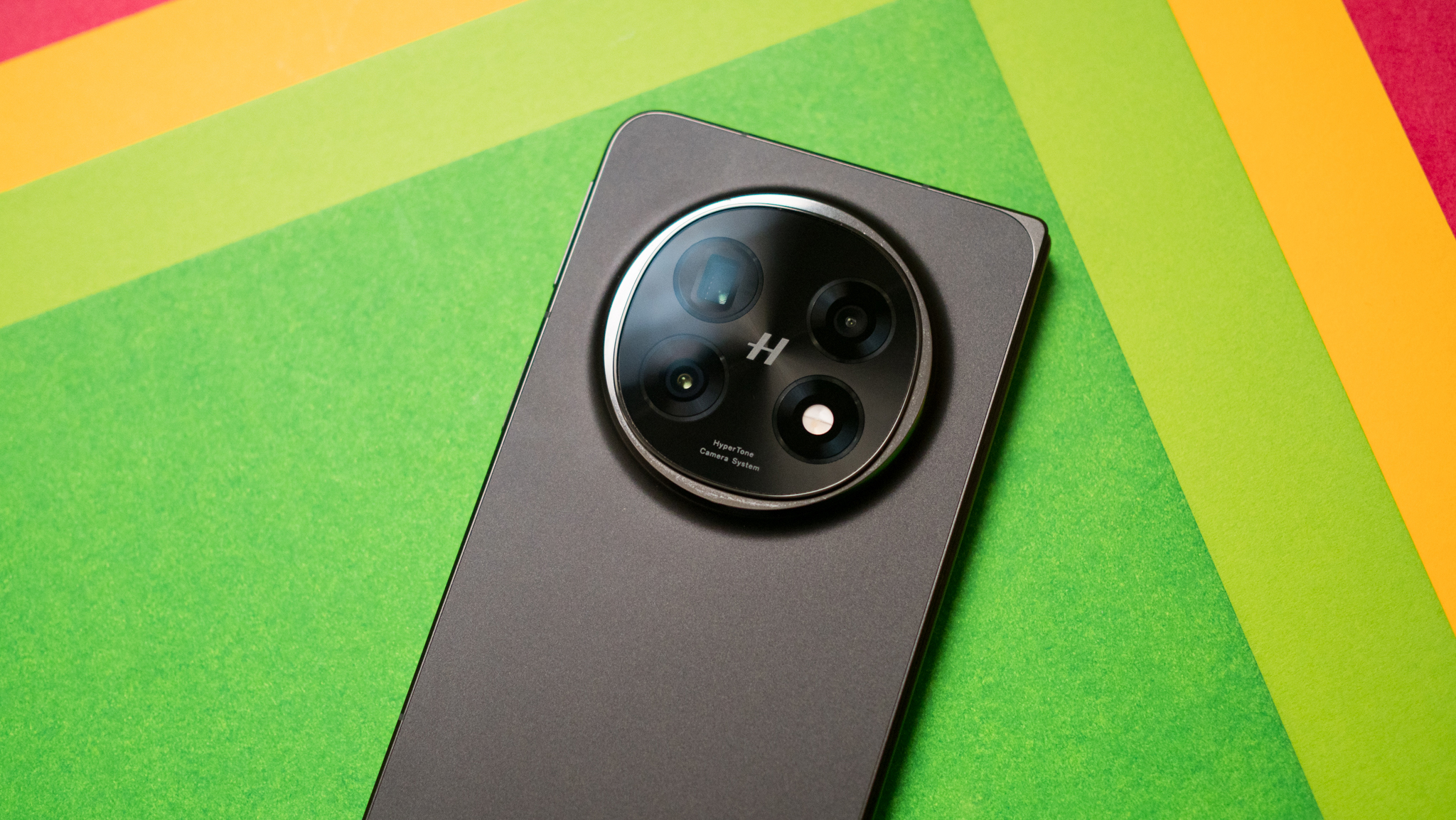
OPPO knows how to deliver a strong camera package, and there's a lot to like on the Find N5. The foldable gets a 50MP Sony Lytia LYT700 main camera; this is the same sensor that's used to great effect in the Find X8. It's joined by a 50MP Samsung JN5 telephoto lens with 3x optical zoom, and an 8MP wide-angle lens with autofocus.
Both the main camera and telephoto modules have OIS, and you get an 8MP camera tucked inside both the inner and outer panels. Interestingly, you can use the tele lens to shoot macros, and it does a good job in this regard. There's 4K60 10-bit HDR video as well, but it's limited to the main and zoom lenses — the wide-angle only goes up to 4K30. Hasselblad integration is intact, and you get orange accents in the interface and the distinctive leaf shutter sound.
There's also a Hasselblad Master mode that's basically a manual mode, and you get the usual set of shooting modes and filters that debuted on the Find X8. The camera interface itself hasn't changed, but because the Find N5 is a foldable, you can use FlexForm mode to good effect and take photos in interesting angles. On that note, you can use the viewfinder with the outer panel, giving you the ability to take selfies with the rear cameras, and this is what I did most of the time — I just used the selfie cameras when making video calls.
You get the same set of AI editing features as the Find X8, including an unblur option that does a good job restoring details, and a fantastic eraser mode that's among the best you get on any Android device.

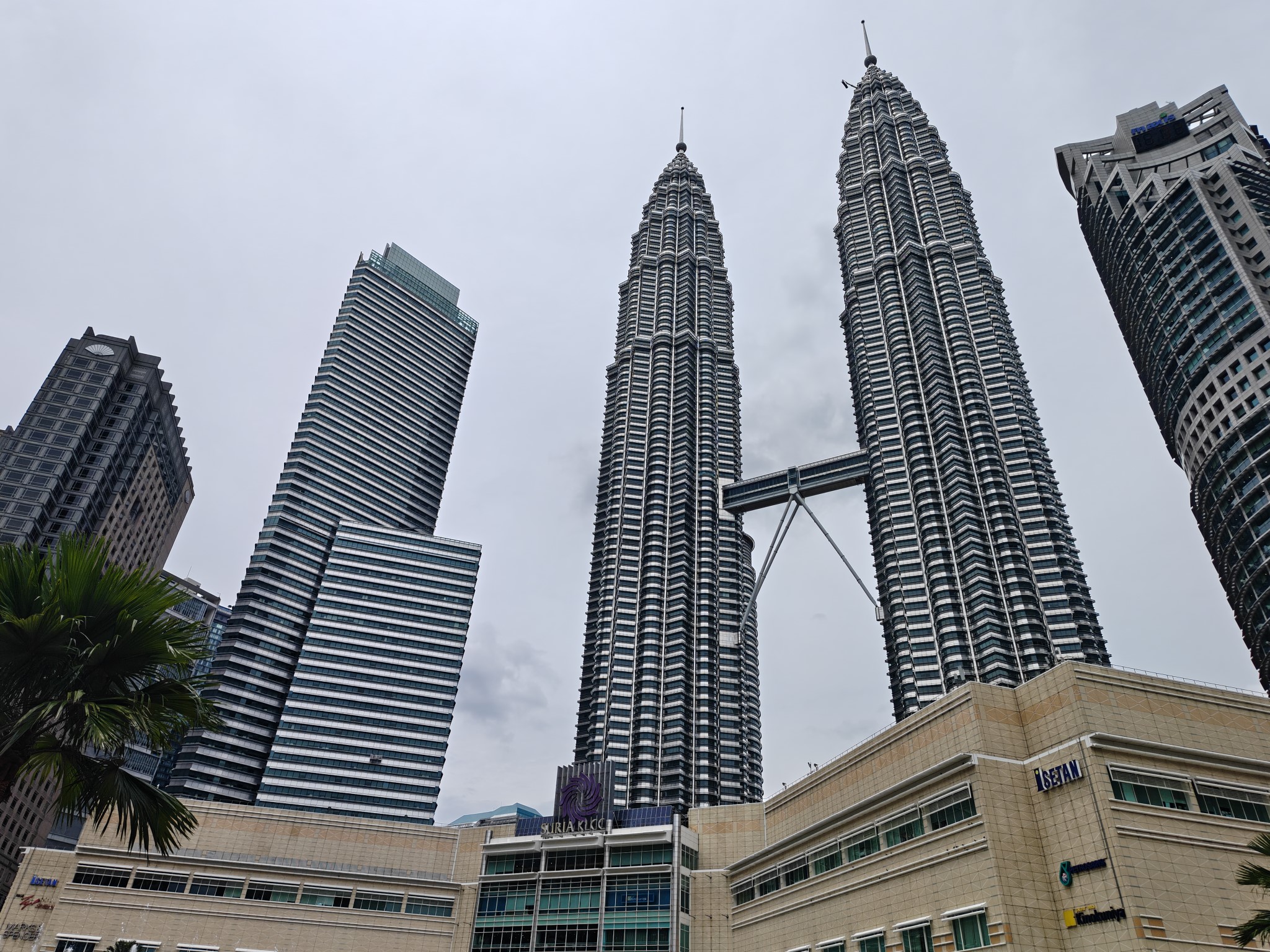


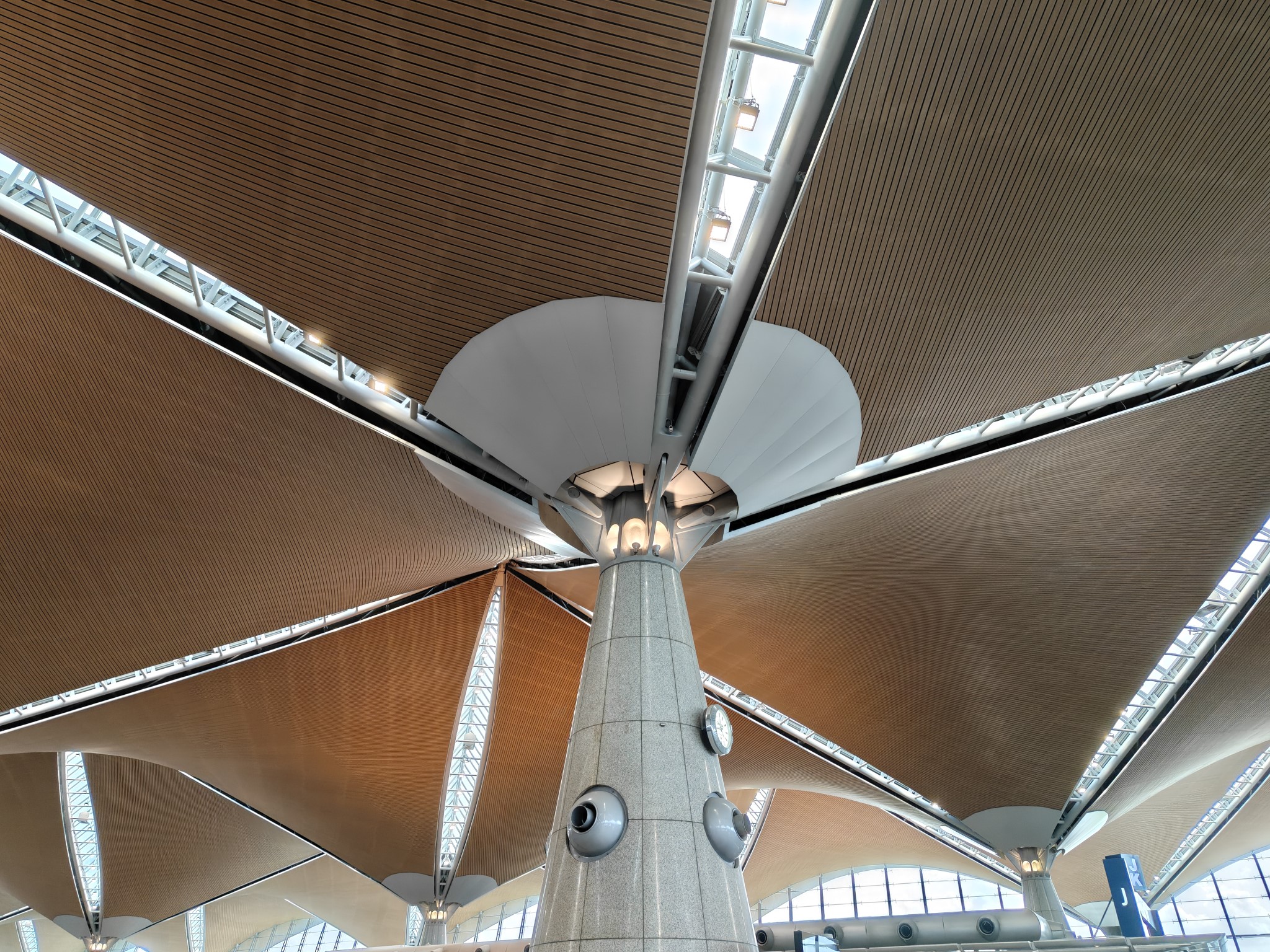

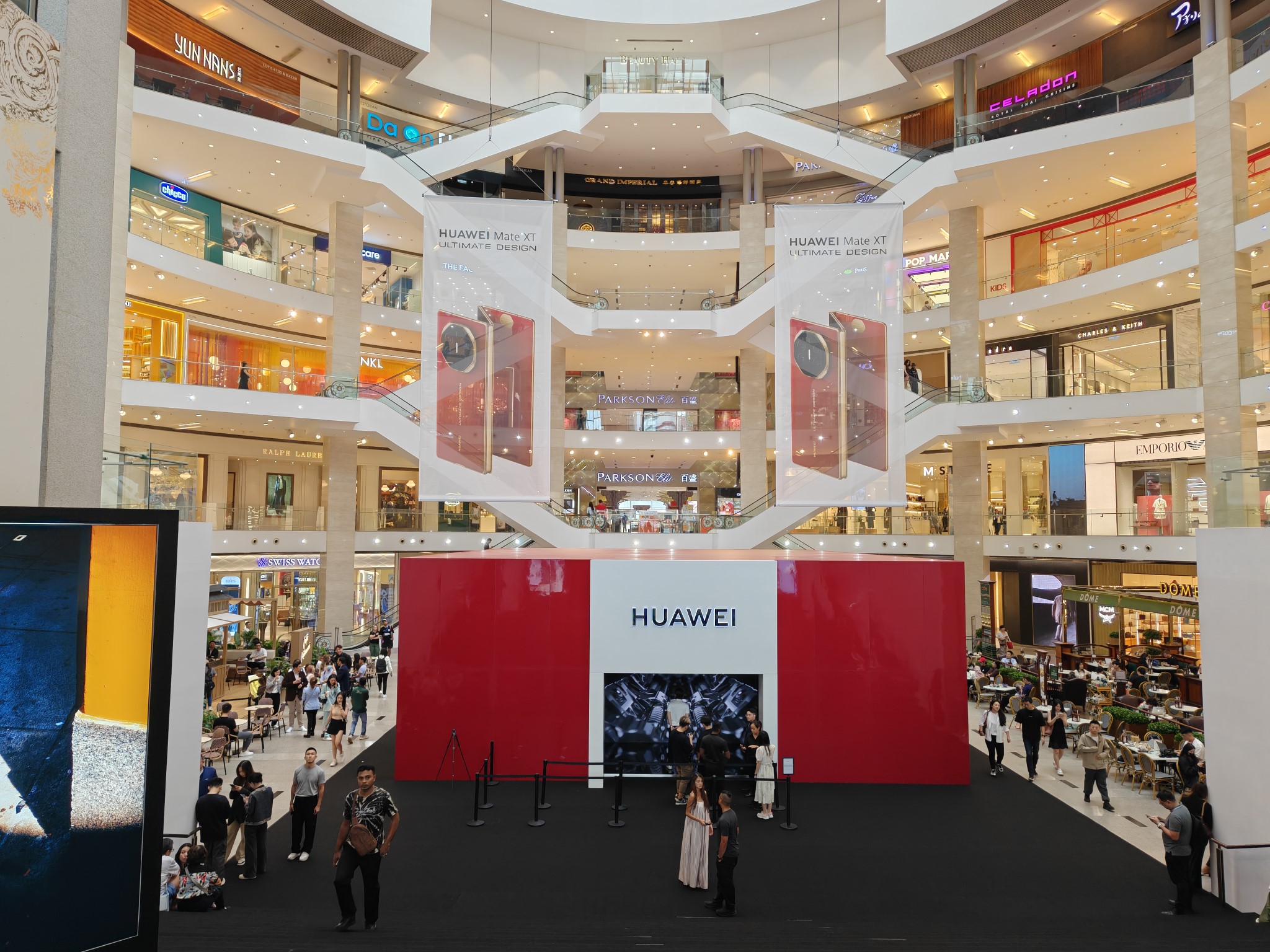


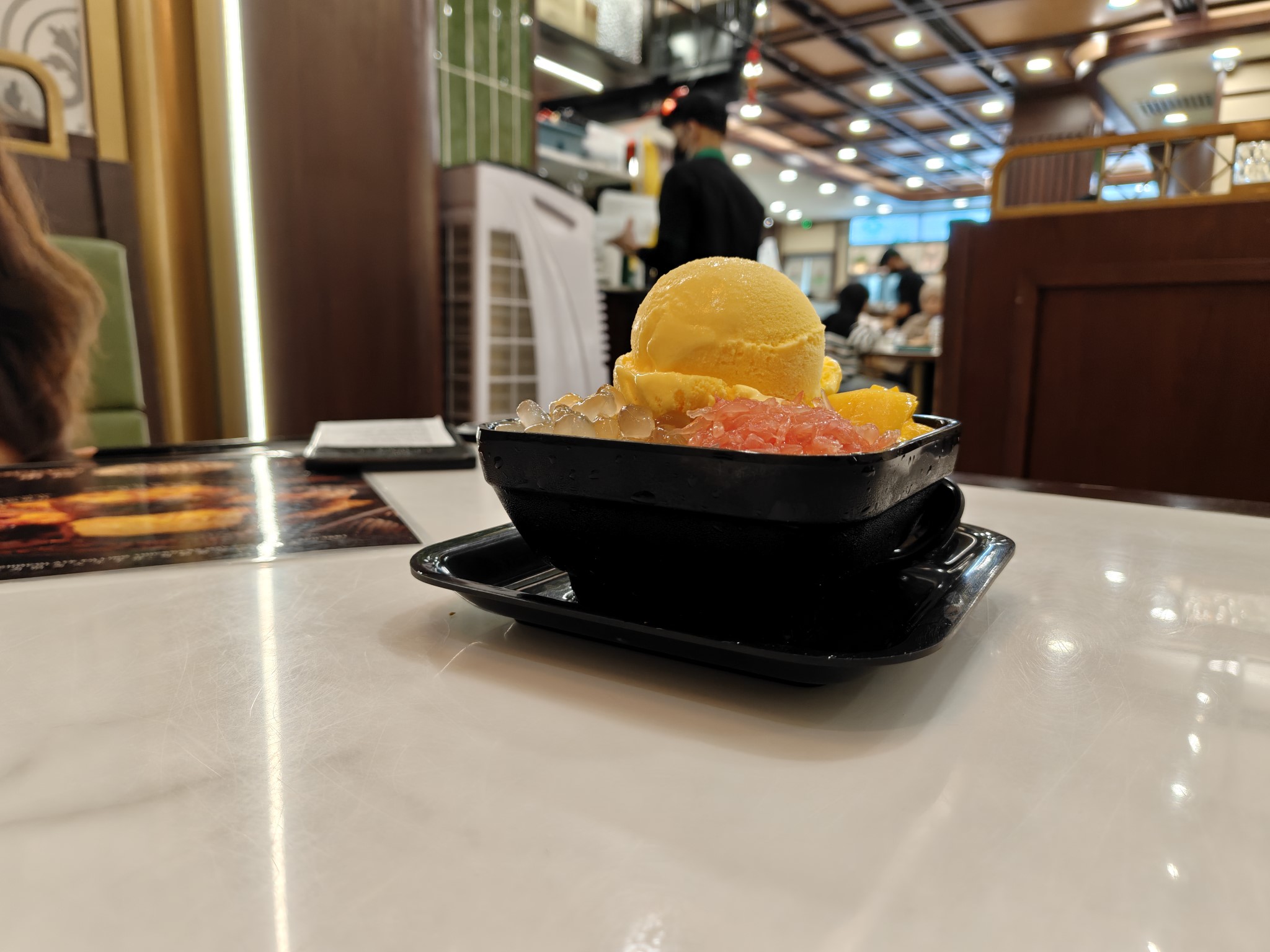
Thanks to the LYT700 imaging module and latest-gen Hasselblad camera tuning, the Find N5 takes outstanding photos in daylight scenarios. You get good dynamic range and white balance, and colors look natural; there isn't too much saturation.
Foliage is rendered accurately, and there isn't any issue with aggressive smoothing. Macros came out really well too, and this is an area where the Find N5 does a better job than just about every other foldable. The wide-angle lens is the weakest sensor at the back, but it still does a decent job in most situations, even if you don't get the same color vibrancy in low-light.
On that note, the main camera takes outstanding photos in challenging conditions. It preserves intricate details and minimizes highlights, and there isn't any visible noise. The tele lens is really good as well, and you get the same caliber of shots as the main camera at 3x.
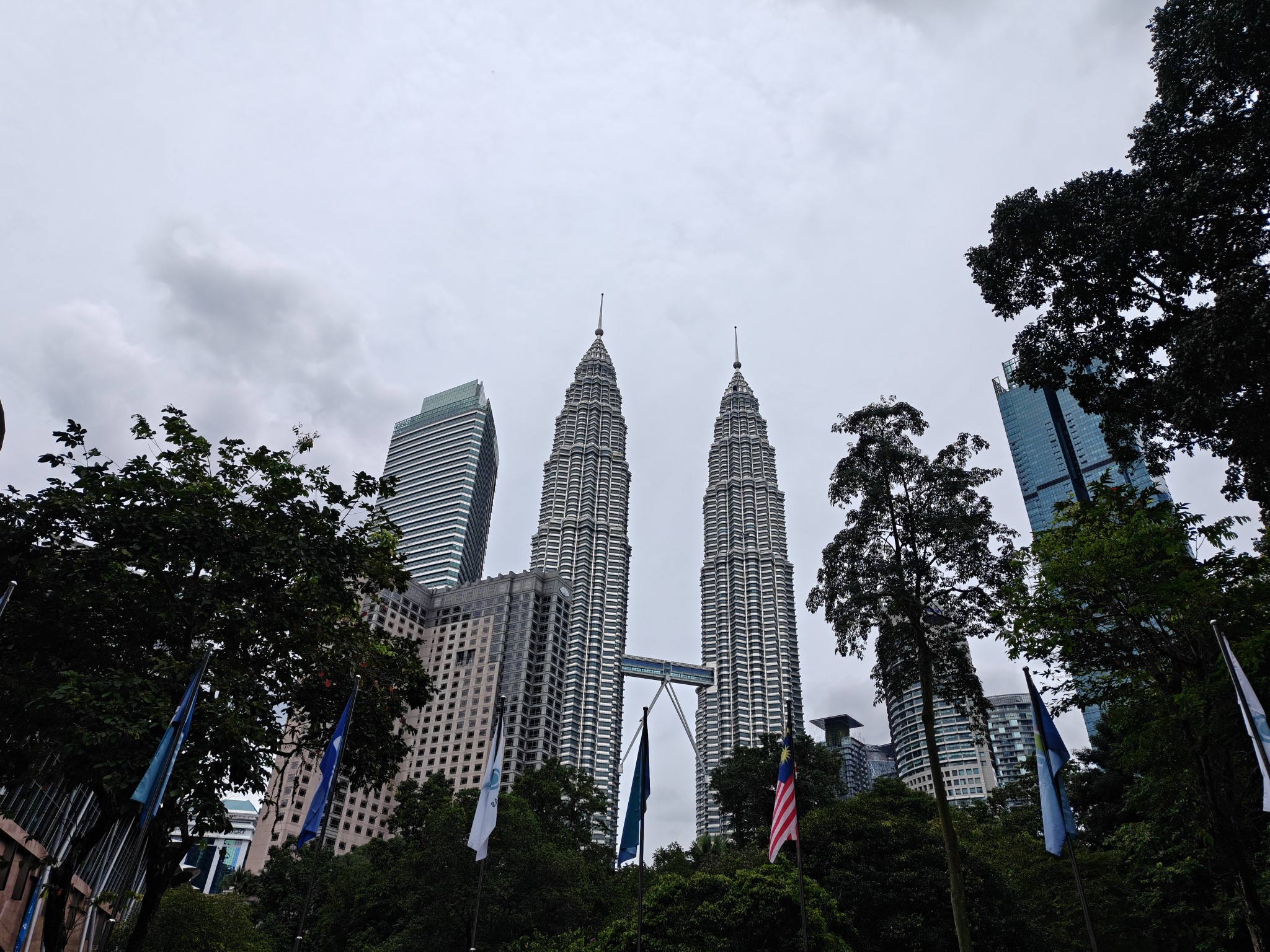
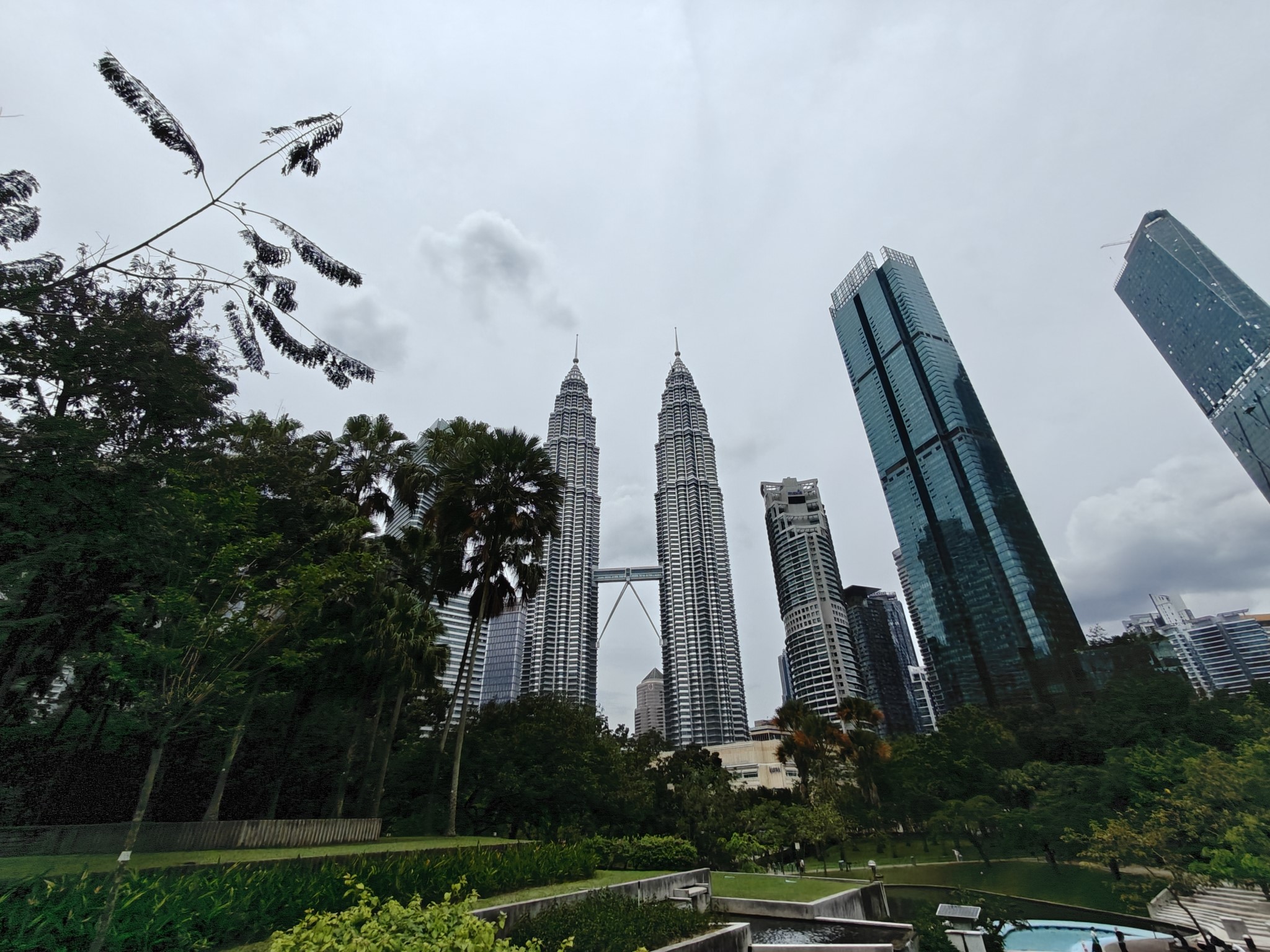




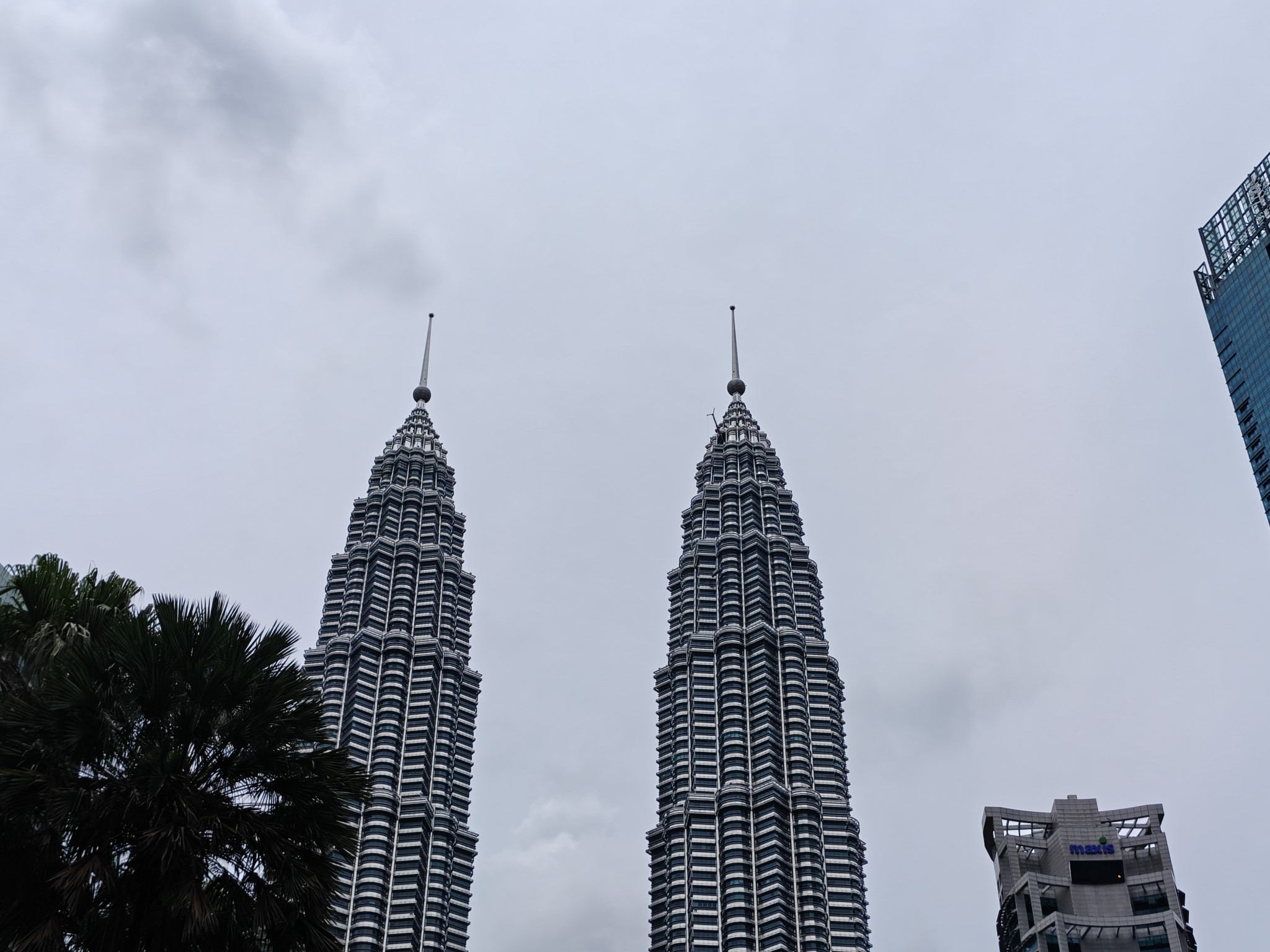







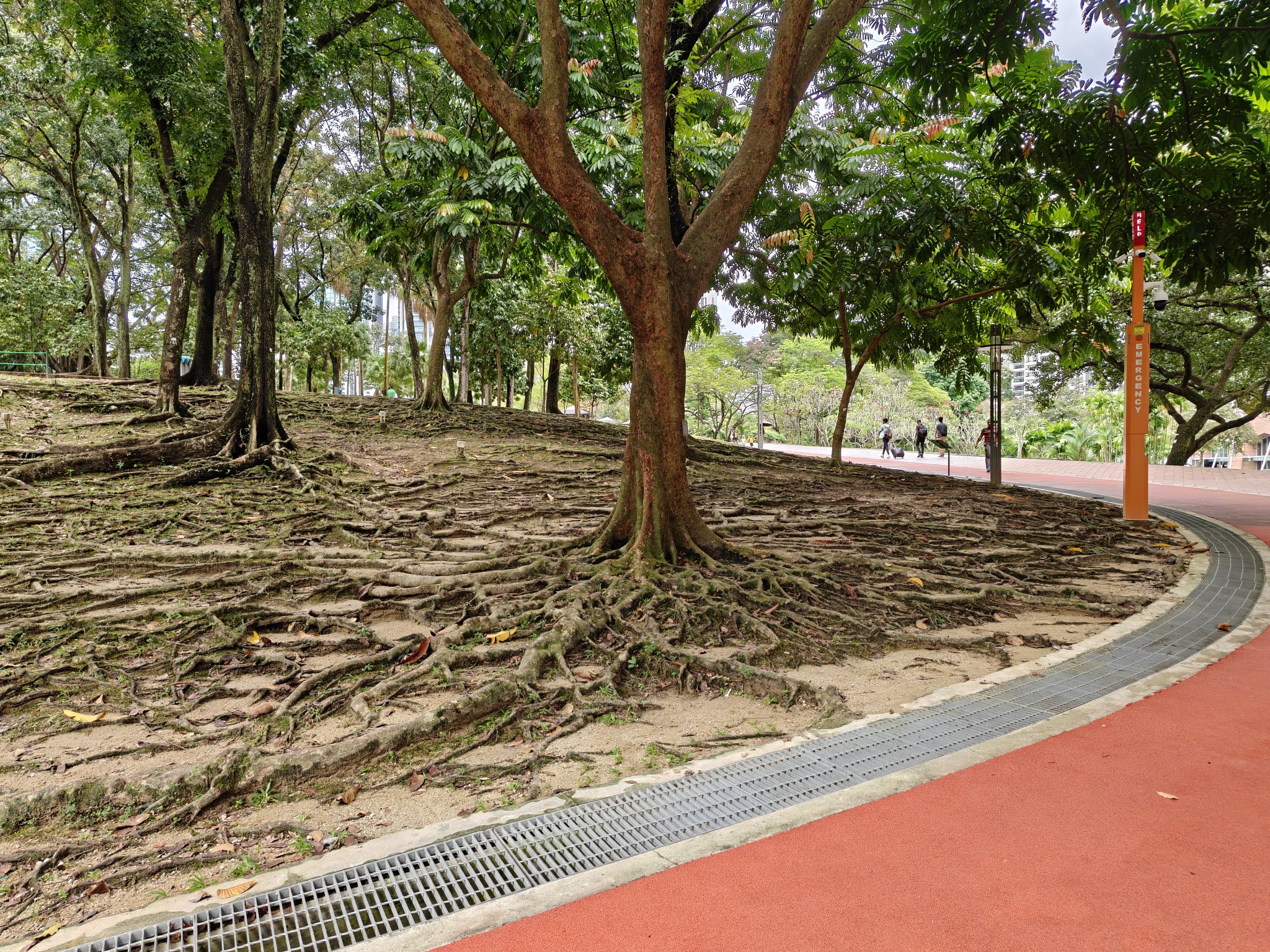
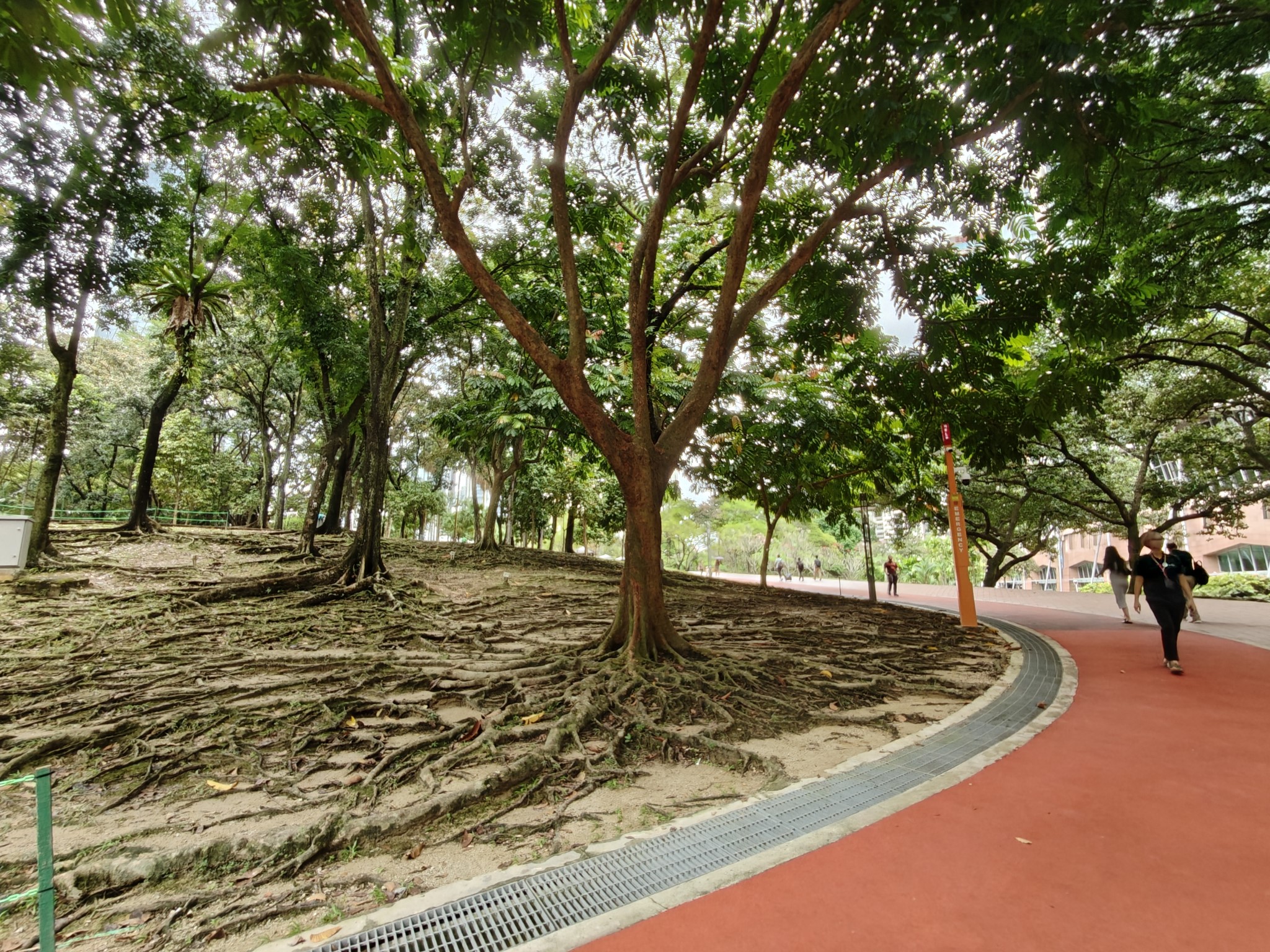
There is a noticeable difference in detail retrieval at 6x, but you still get great shots, and the phone uses AI to smooth out images beyond 10x, delivering passable shots at up to 30x. The phone does a great job with portrait shots, but there are situations where you get excessive blooming in the background; this was a problem on the Find X8 Pro when it debuted, but a software update sorted out those issues — I believe that will be the case on this device as well.
I still think the Find X8 Pro and Vivo X200 Pro have an edge in low-light, but the Find N5 has every other foldable beat when it comes to the cameras. If anything, the cameras on the Find N5 are better than the Galaxy S25 and Pixel 9, and that's a big deal in and of itself.
OPPO Find N5: Software
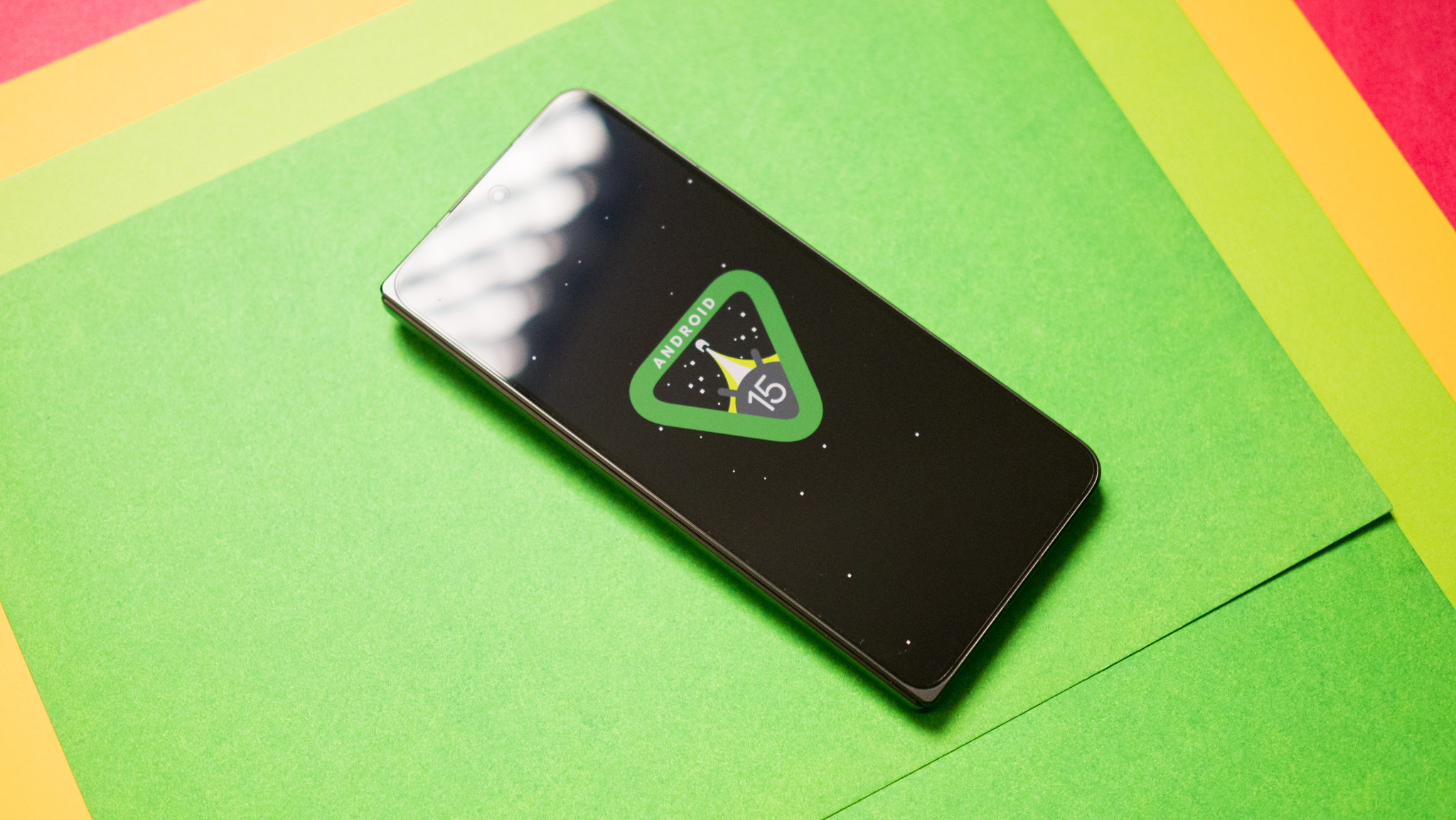
The Find N5 runs ColorOS 15.1 based on Android 15, and having used the Find X8 and Find X8 Pro quite a bit in the last four months, the software felt familiar. ColorOS 15 has a new interface with vivid colors, and it bundles a decent set of AI utilities; the Find N5 has a nifty call summarization and instant translation feature, but they'll be rolling out at the end of Q1.
Multitasking is a pretty big use case on a foldable, and OPPO's Boundless View is back on the Find N5. The mode makes it extremely easy to set up a split-screen pair and multitask on the device, and I want other manufacturers to borrow this mode as soon as possible.
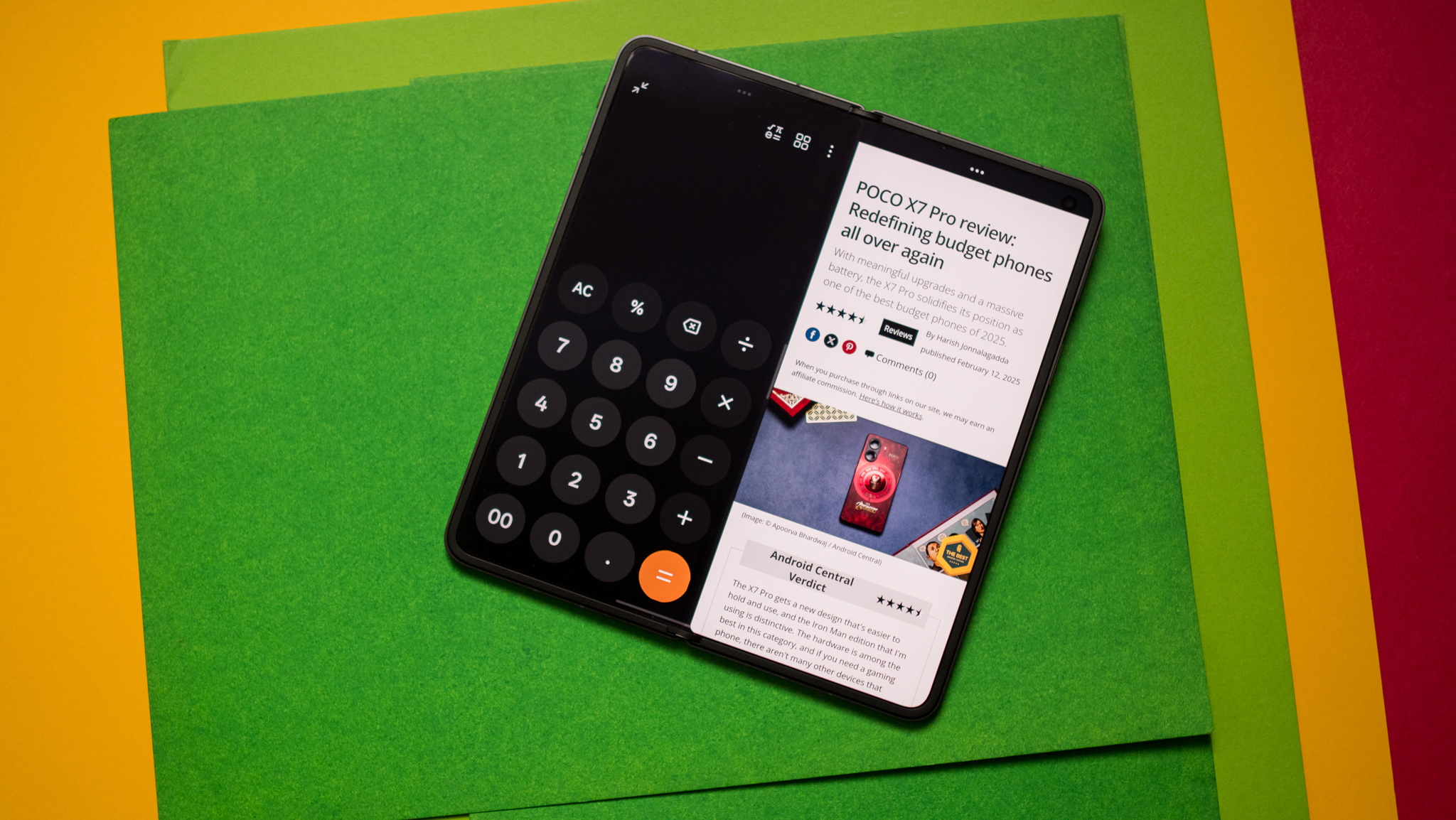
What's new this time is split-screen suggestions; if you're switching between two apps in unfolded mode, ColorOS 15 suggests creating a split-screen mode instead, and it's intuitive. You can also save these split-screen pairs on the home screen if you need quick access.
Other foldable mainstays like an app dock and taskbar are intact, and while the notification pane now defaults to a split option with the toggles to one side and notifications on the other, you can switch back to a unified option if that's what you like (as I do).
The Find N5 is optimized incredibly well, and the foldable has a fluidity that you just don't get with many devices in this category. I didn't see any slowdowns whatsoever, and most of the time, I didn't even realize I was using a foldable.
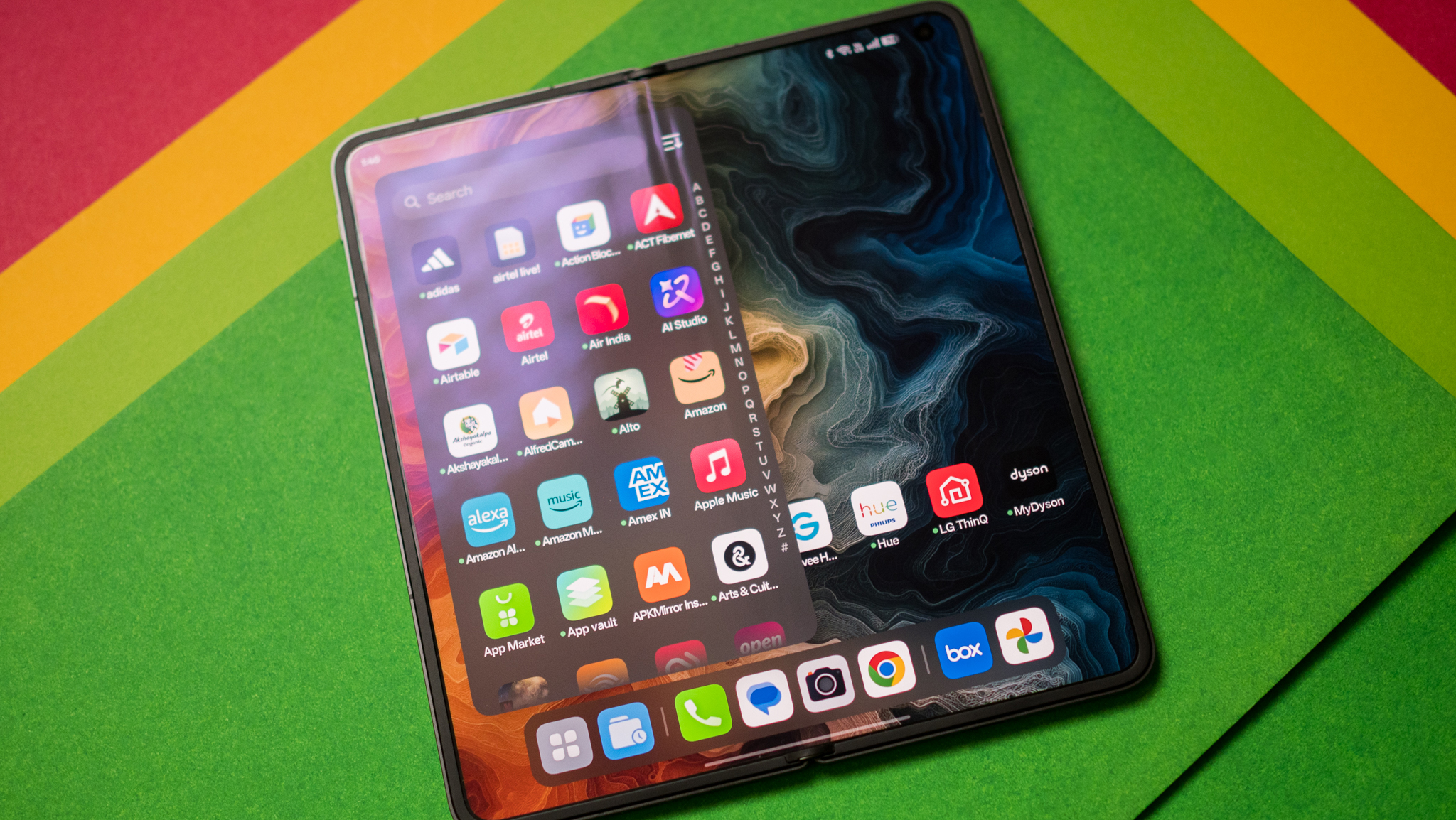
I have two issues with the software; the app grid is still limited to 4x4, and I just don't understand why that's the case. Every other Android phone I use has the ability to switch to a 5x5 grid, and not being able to do that on the Find N5 is annoying. The second is that there's still plenty of bloatware on the device, and while it can be easily uninstalled, I don't want to see any bloatware on a phone that costs this much.
With the Find X8, OPPO introduced the ability to share content with iPhone uses via O+ Connect, and it's extending that feature to macOS with the Find N5. You'll need to install O+ Connect on your MacBook, and you can easily transfer content to and from the Find N5, view photos on the MacBook, and even control your MacBook using the foldable.
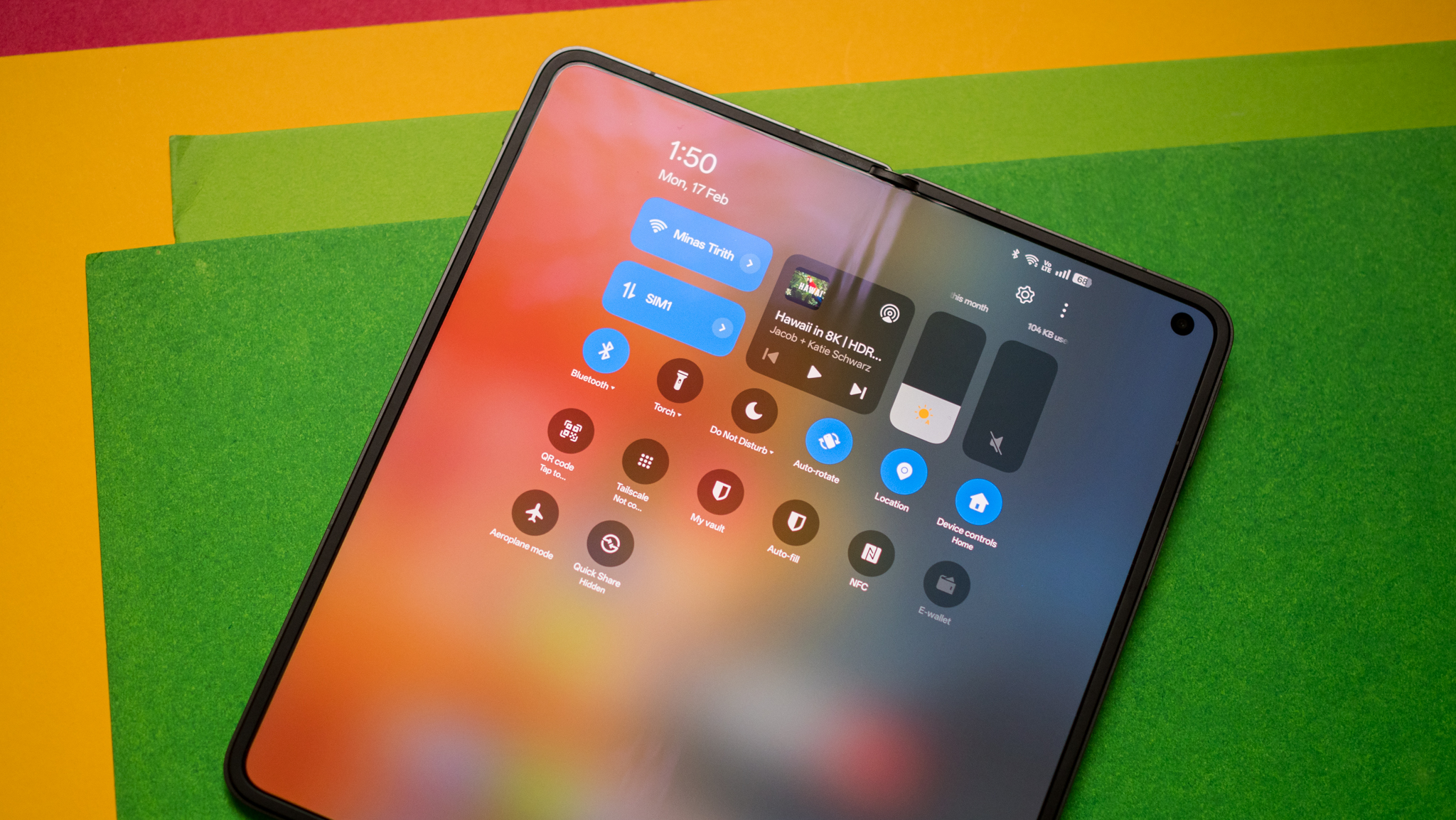
When it comes to software updates, the Find N5 will pick up five Android platform updates alongside six years of security updates, and that's better than most foldables. OPPO is doing a good job rolling out updates on time, and the device should make the switch to Android 16 shortly after it becomes available in Q2 2025.
OPPO Find N5: The competition
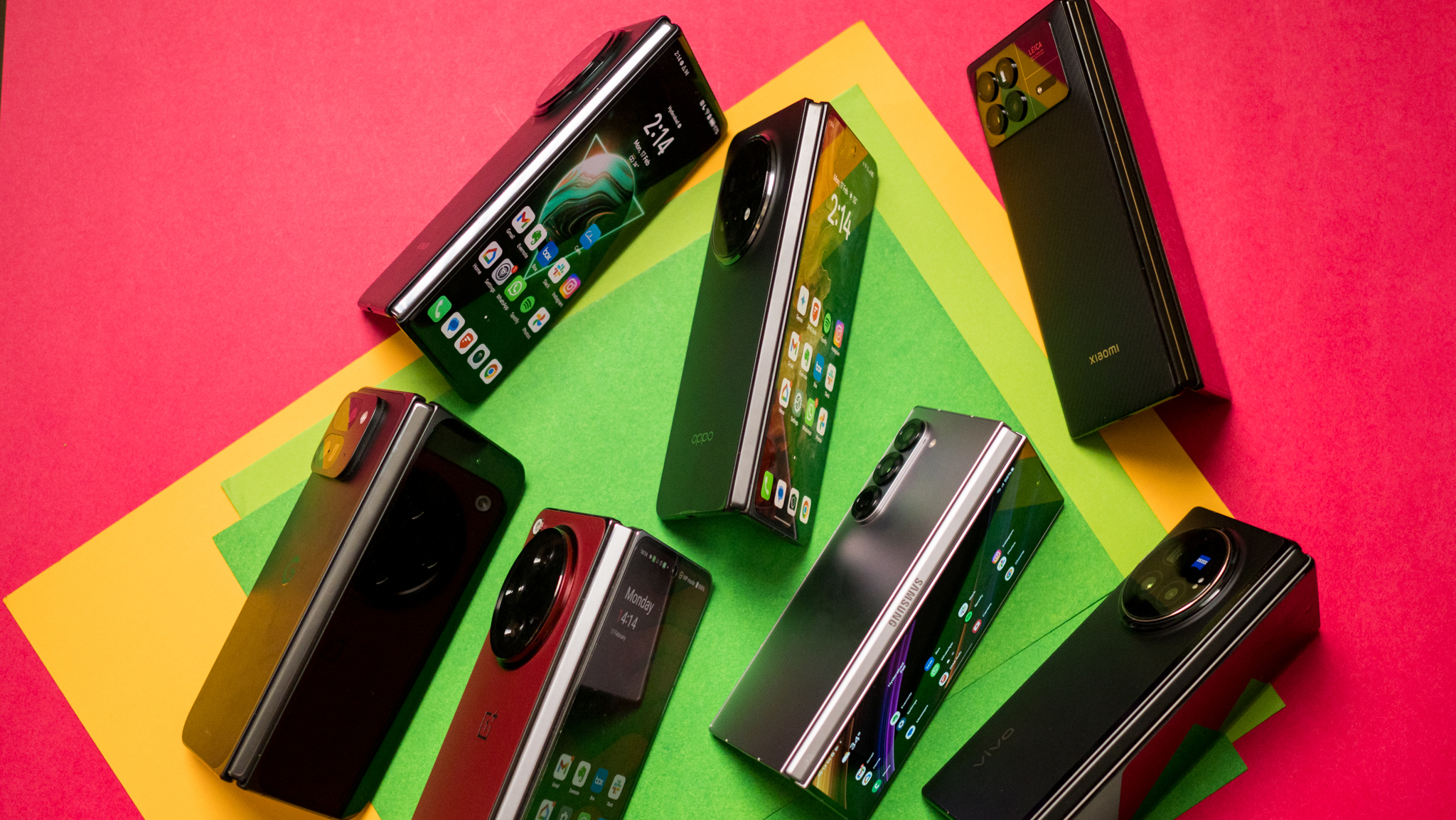
Honor's Magic V3 is the closest rival to the Find N5. It also has a svelte design, great hardware, and an outstanding camera package. It may not be as powerful, but there are no problems gaming on the device, and Honor leads the industry when it comes to eye comfort tech. Having used both devices, I think the Find N5 has a slender edge with the design and cameras, and I generally prefer using ColorOS to MagicOS. That said, these are minor differences, and both foldables are among the best around.
There isn't anywhere as much of a choice if you're in North America. While I like the design and software of the Pixel 9 Pro Fold, the cameras just don't hold up in 2025, and it isn't as comfortable to hold and use. The only other option is the Galaxy Z Fold 6, but that's hilariously outdated next to the Find N5, and I honestly wouldn't recommend the device.
OPPO Find N5: Should you buy it?
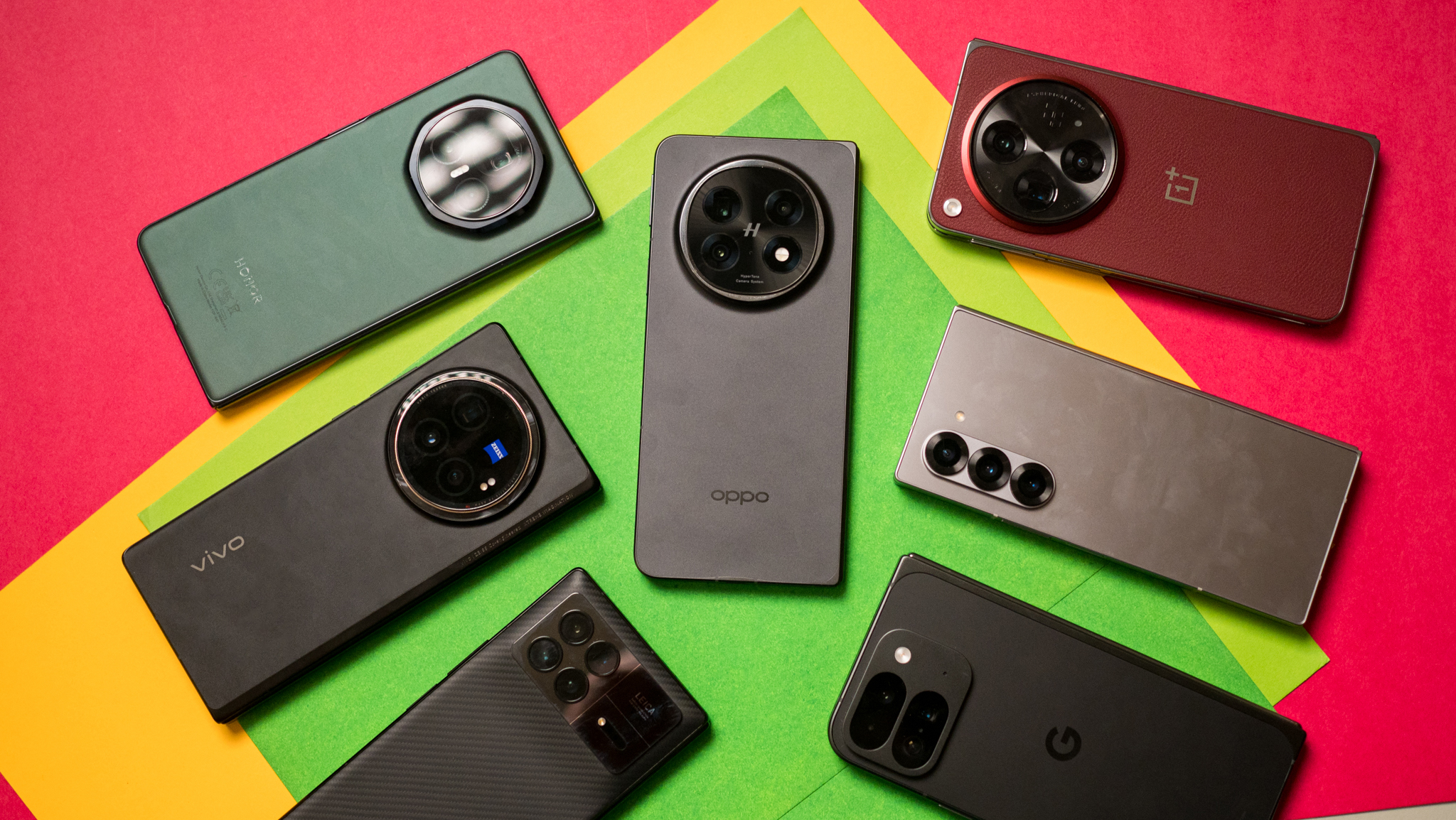
You should buy this if:
- You need a foldable that feels like a regular phone
- You want a foldable without a visible crease
- You need the latest internals and the best cameras
- You need standout battery life
- You want reliable ingress protection
You shouldn't buy this if:
- You're in North America
- You need a clean software interface
One of the main reasons why I like the Find N5 so much is that it doesn't feel like a foldable. When interacting with the outer panel, I felt like I was using a regular phone, but I still have the versatility of unfolding the device and accessing a tablet-sized panel. That is a big deal, and while Vivo and Honor also have ultra-thin foldables, I think OPPO did a better job overall.
Both the inner and outer displays deliver outstanding color fidelity and contrast levels, and I didn't see any issues in this regard. The unbelievably-thin design makes using the inner panel that much more enjoyable, and while I was worried about the durability of the device in the beginning — it is the thinnest foldable, after all — it hasn't been a problem.
It is just as fast as a regular phone, and it holds up very well even during extended gaming sessions. Similarly, the battery life is outstanding, and it outmatches every other foldable I've used up to this point — even with heavy use, I easily got a day's worth of battery.
The cameras are the best of any foldable yet, and you get a good amount of versatility as well, which isn't always the case. The software is packed with useful features too, and OPPO managed to find a nice balance with its AI suite.
In fact, my only annoyance with the device is with its positioning. With OPPO taking the lead this time, the Find N5 won't be available in as many global regions, and it isn't coming to North America. That's a real shame, because the Find N5 is a fantastic showcase for what's possible with foldables, and it effortlessly outshines what Samsung is doing. If you're in a country where the Find N5 is going on sale and are interested in switching to a foldable, you should consider picking it up — this is the best foldable I've ever used.

Harish Jonnalagadda is Android Central's Senior Editor overseeing mobile coverage. In his current role, he leads the site's coverage of Chinese phone brands, networking products, and AV gear. He has been testing phones for over a decade, and has extensive experience in mobile hardware and the global semiconductor industry. Contact him on Twitter at @chunkynerd.
You must confirm your public display name before commenting
Please logout and then login again, you will then be prompted to enter your display name.
